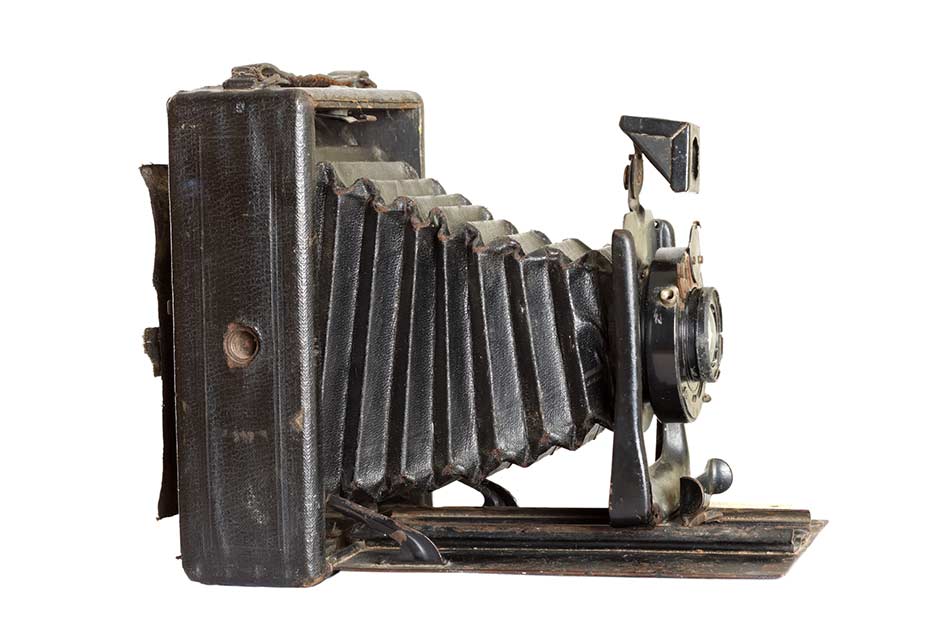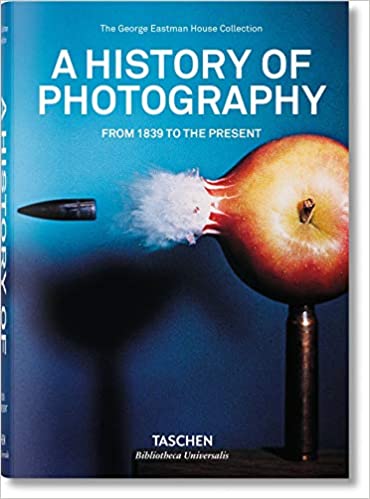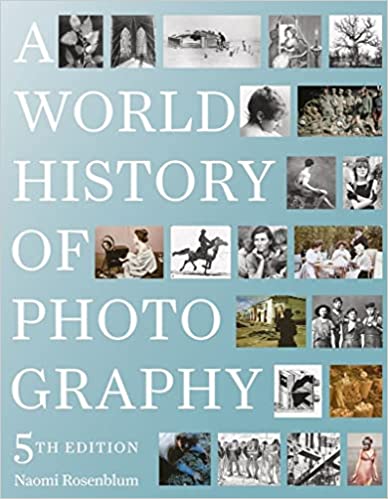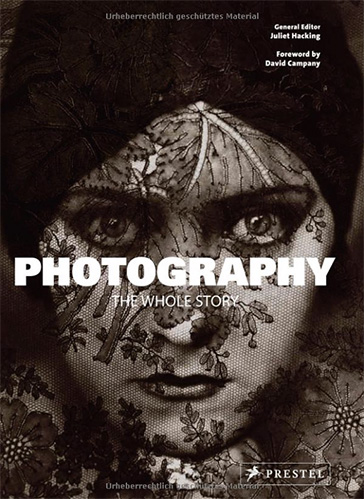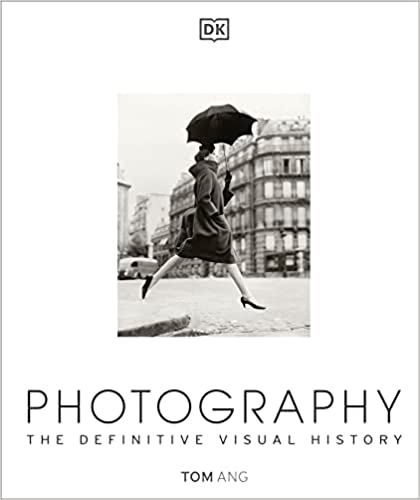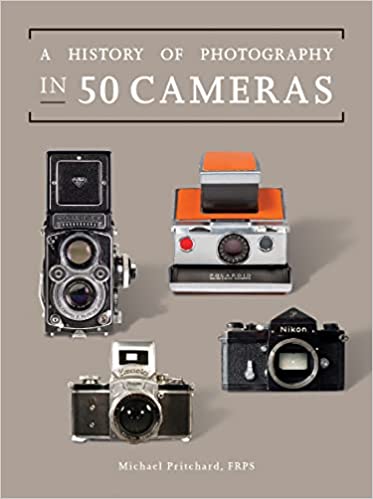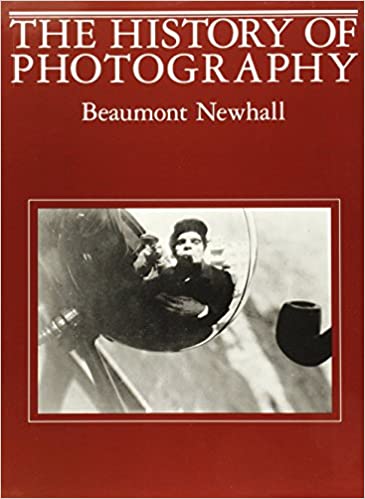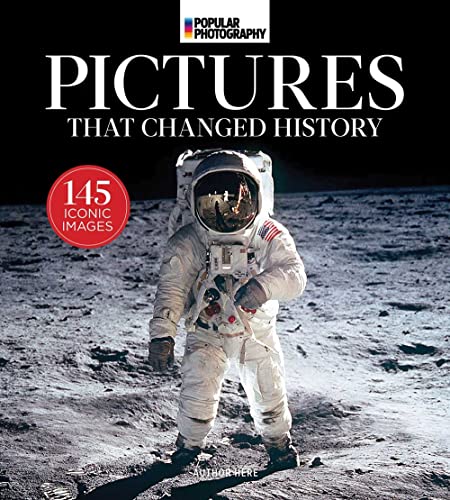52 Interesting and Fun Photography Facts
photo byOcskaymark via iStock
1. The Most Viewed Photograph in History is this Old Windows Default Screen
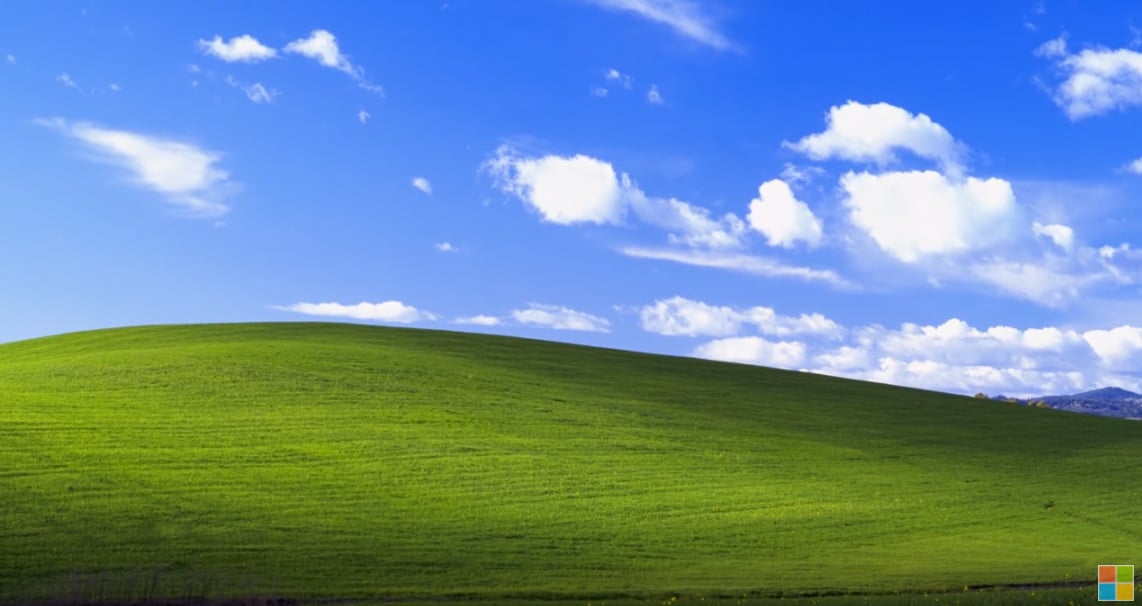
This image, “Bliss,” by Charles O’Rear is the most viewed image in all of human history. And, as you will find out with these photography facts, it is problematic.
O’Rear definitely did not receive royalties on any of this views since Microsoft purchased the image off of a stock website.
O’Rear may have still received a hefty sum...
O’Rear says that although he didn’t receive royalties for his photo use, he did receive the second largest payment ever made to a photographer for one picture, at the time anyway.
It’s rumored that this sum was over $100,000.
2. The First Photo Booth Was Created in New York City in 1925.
3. 35mm format film was first introduced in 1925 by Leica.
4. The First Photo of a Person Was Accidental
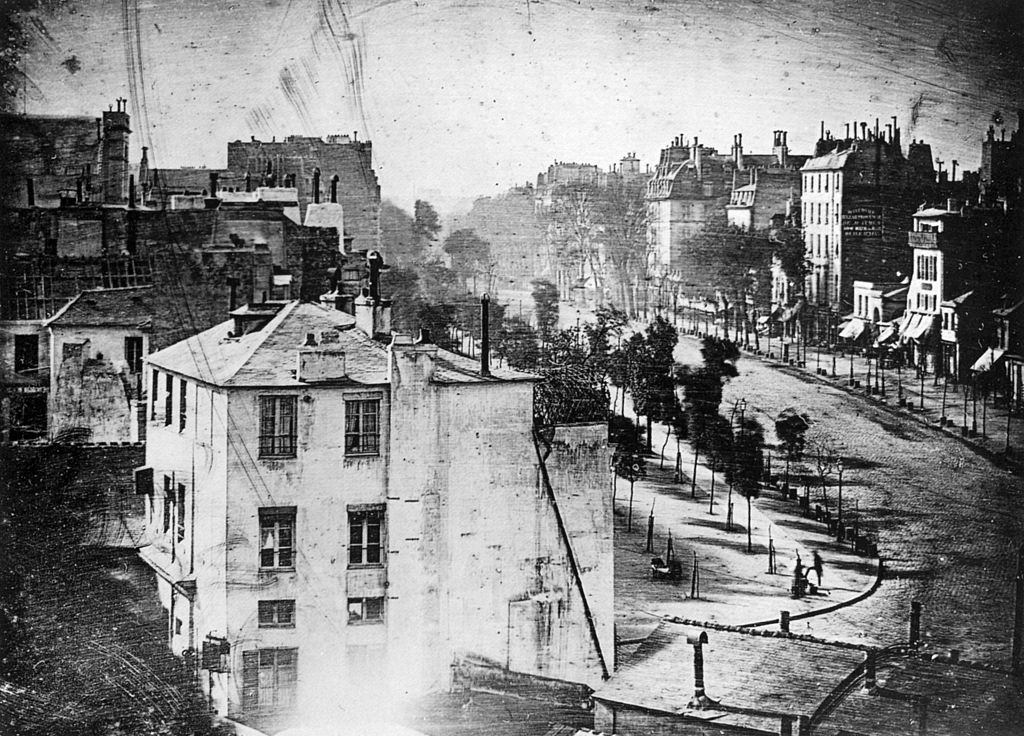
Louis Daguerre [Public domain] via Wikimedia Commons
This is one of my favorite fun facts about photography to whip out at parties. Do you see that gentleman in the far left corner?
He is the first person to ever have his photograph taken and it was an accident. It is believed he was getting his shoes cleaned, which is why he stayed still long enough for his photograph to be taken.
5. The First Aerial Photo No Longer Exists
We know who shot it (Turnache). We know when (1858). We also know what it featured (Paris).
But, unfortunately, it is lost to history.
6. Each end of a panorama are capturing different points in time

Photo by Everaldo Coelho on Unsplash
7. Digital Photography is Better for the Planet Than Traditional Photography
These are the types of photography facts for environmental junkies. You can pat yourself on the back next time you open PhotoShop because the chemicals used in a dark room are actually really bad for the environment.
8. The First Color Photo Wasn’t Taken Until 1861
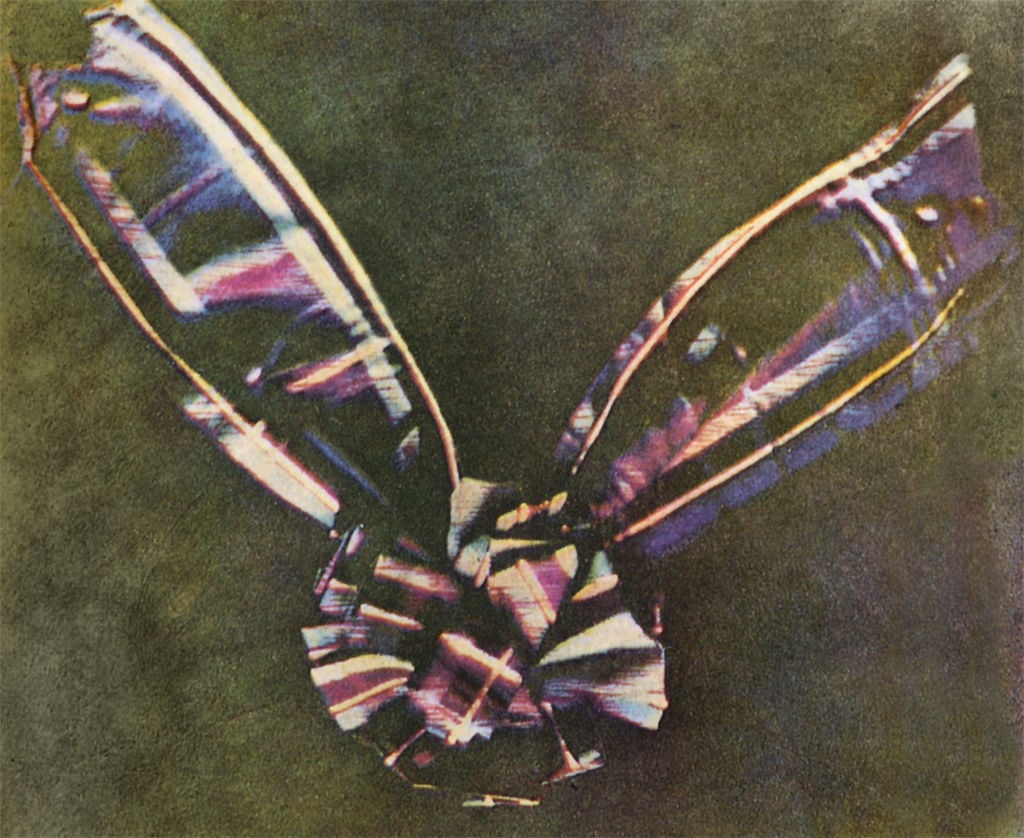
By James Clerk Maxwell (original photographic slides) ; scan by User:Janke. - Scanned from The Illustrated History of Colour Photography, Jack H. Coote, 1993. ISBN 0-86343-380-4., Public Domain, https://commons.wikimedia.org/w/index.php?curid=1007375
Here’s one of my favorite camera facts: Thomas Sutton, the inventor of the first SLR camera, also happened to create the first color image.
Sutton had to layer three different images of green, blue and red filters on top of each other before projecting them onto a photosensitive plate with similar filters.
It was a process and I’m glad I’m not creating an article about how to create color photographs instead of this one on crazy photograph facts.
Sutton also created the first panoramic camera with a wide angle lens. He’s cool and you should look him up.
9. There Are 80 Categories of Photography
At least, that’s how many categories Wikipedia has. And since Wikipedia has people working around the clock on their photography facts, I’m going to trust it.
10. Camera Obscura Literally Means Dark Room
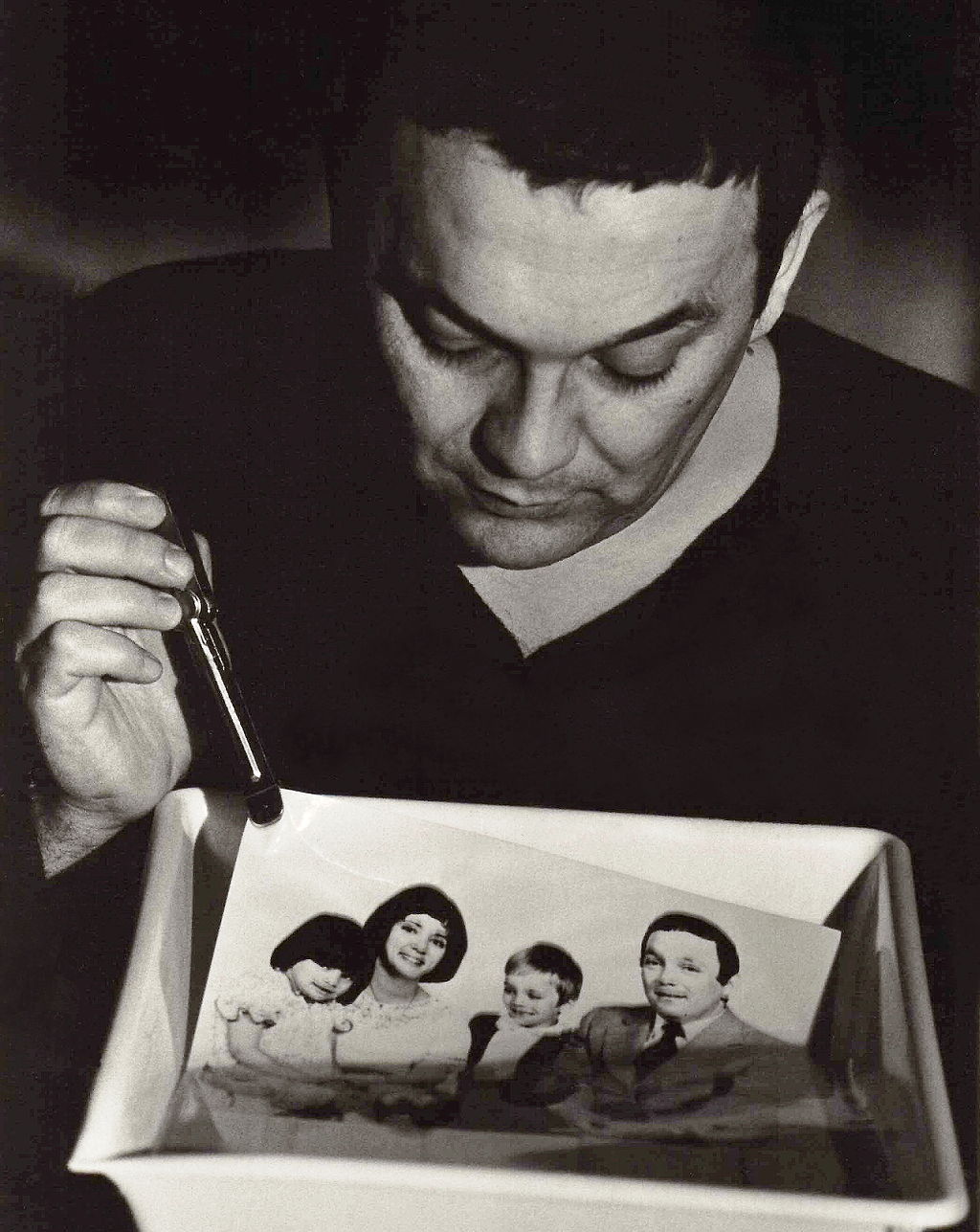
Photographer/Painter: (my self-made Jean-Pol GRANDMONT, shot with a Canon EF camera, printed in b&W and scanned with Canoscan FB620T). [CC BY 3.0 (https://creativecommons.org/licenses/by/3.0)]
The first photo was taken with a Camera Obscura, which was one of those dark boxes with a hole that lets light into the camera, basically a pinhole camera.
But most photography facts listicles forget to mention that Camera Obscura, literally translated from Latin, means Dark Room.
Learn More:
- The First Men on the Moon Left a Flag, and a Camera
- Europe is Sending This Camera to Mars to Look for Aliens
11. Kodak Almost Went Bankrupt in 2012
Kodak, in comparison with similar companies, took a while to start transitioning to digital photography. Because of this, the company’s sales suffered throughout the 1990s and 2000s. Finally, Kodak filed for bankruptcy in 2012, but was forced to sell several of its patents which prevented the company from going bankrupt in 2013.
Thank God it didn’t go bankrupt because Kodak is making a huge comeback with fashionistas and influencers the world over.
12. WE TAKE MORE PHOTOS EVERY 2 MINUTES THAN ALL OF HUMANITY DID IN THe 18th Century
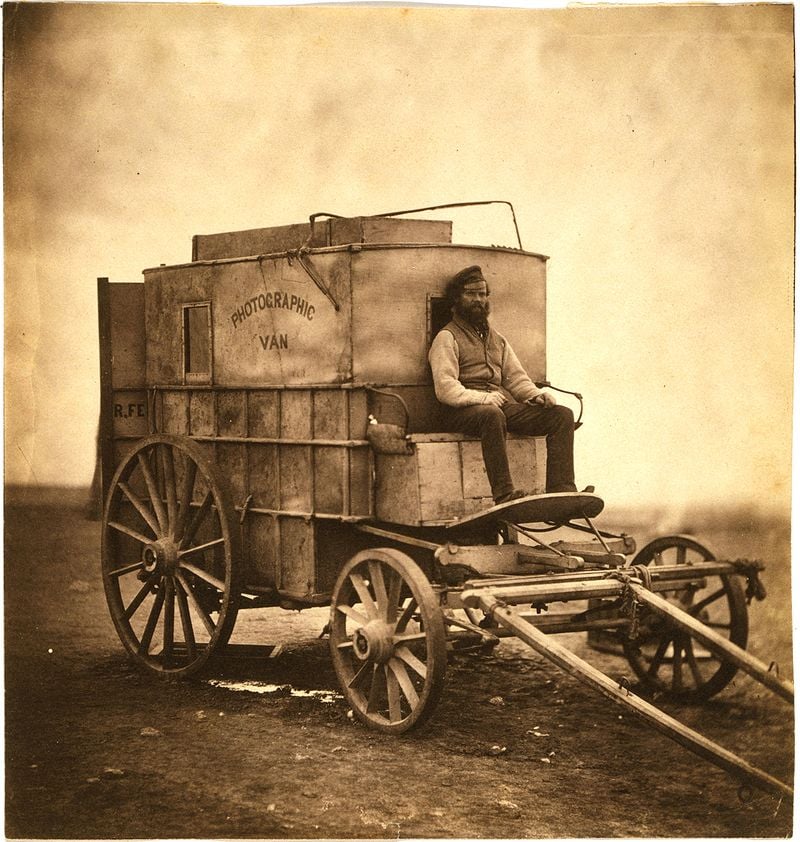
Roger Fenton (1819–1869) [Public domain] via Wikimedia Commons
By the time you were throwing your “the world’s about to end” party on New Year’s Eve of 1999, the world had taken 80 billion images.
Now, we share almost 10 times that amount of images each year on Facebook alone.
While nobody loves photography facts enough to actually sit down and estimate the total amount of photographs we take each year, we do know that we take more photos every 2 minutes than the entire population of the Earth did throughout the 1800s.
13. The Only Reason We Have Old Photos of Children is Because Their Moms Would Dress Up as Chairs
It was the only way to keep the children still for long enough.
14. The First Flashes Were Mini-Explosions
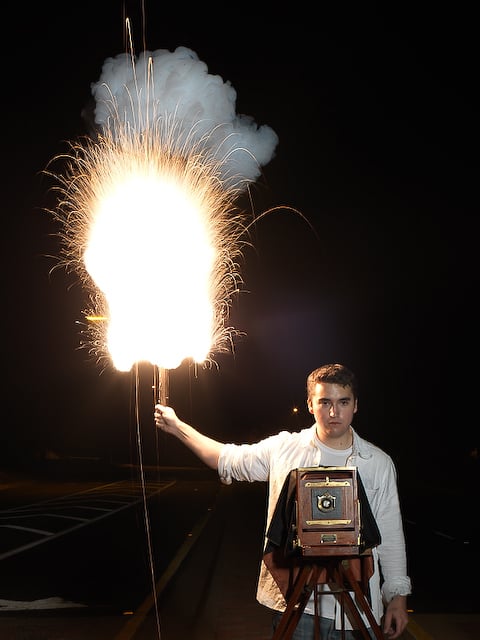
Race Gentry [CC BY-SA 2.0 (https://creativecommons.org/licenses/by-sa/2.0)] via Wikimedia Commons
This is a modern-day presentation of the original mix of potassium chloride and aluminum that created the first flashes.
Unfortunately, when you mix potassium chloride and aluminum incorrectly, you get a huge explosion.
15. Facebook Has 10,000 Times the Number of Photos as the US Library of Congress.
16. Everyone Has a “Good Side;” It’s the Left Side of Your Face
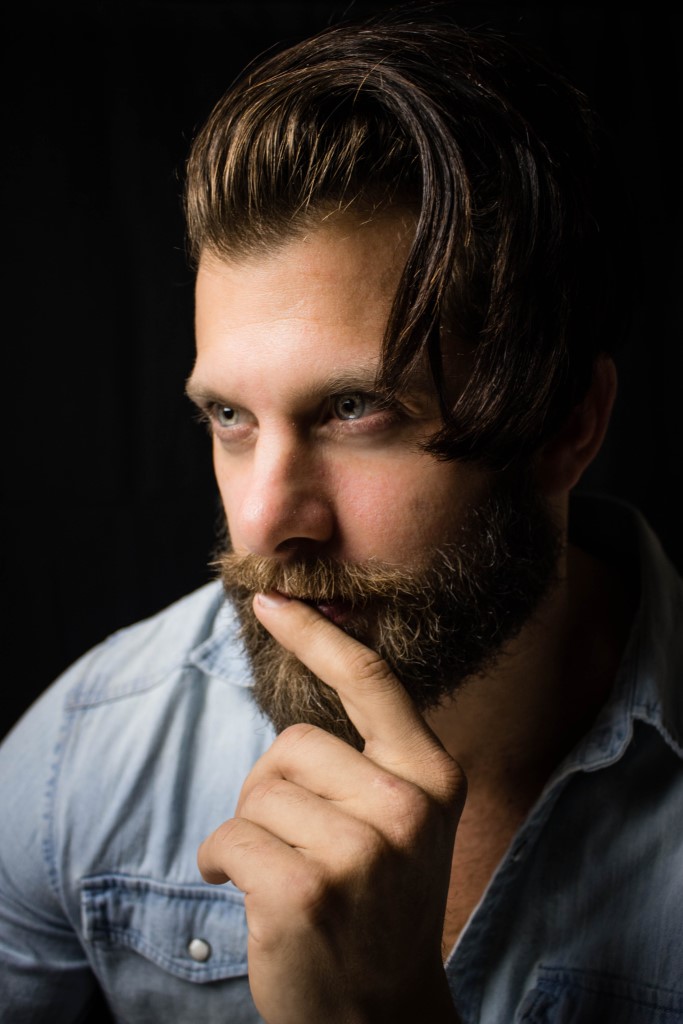
Photo by Lesly Juarez on Unsplash
An interesting photography facts study by Wake Forest University found that people think the left side of your face is more attractive.
The reason is that the left sides of our faces exhibit more emotion.
17. The Most Expensive Camera Was Sold for $2.8 Million
It was a 1923 Leica O-Series.
18. Even the Greats Manipulate Their Photos
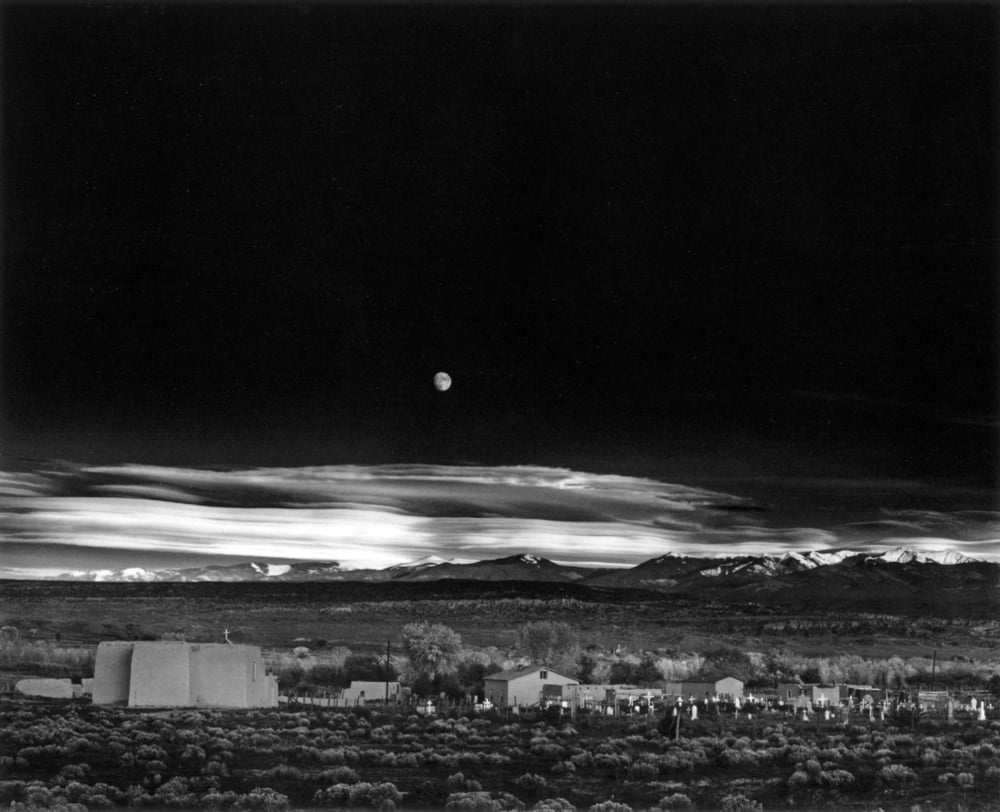
Moonrise, Hernandez, New Mexico-Ansel Adams
Ansel Adams, one of the most iconic photographers in history, manipulated his photos. He dodged and burned his photos most frequently.
See, some odd photography facts even help you argue photography “purists!”
19. The Most Expensive Photograph Sold for $6.5 Million (If You Believe the Photographer)
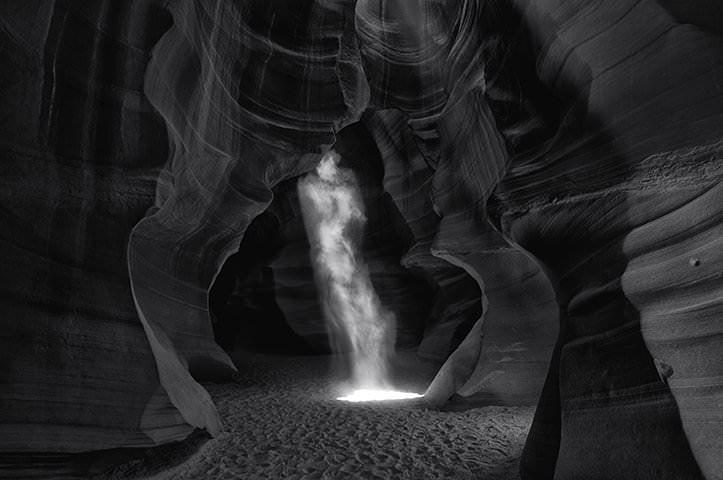
Phantom by Peter Lik
Peter Lik is a big name in photography, for both his work and his ego which oftentimes proceeds him.
Lik claims he sold the world’s most expensive photographfor almost $7 million, but the sale wasn’t officially recorded because the buyer wanted to be anonymous.
20. The “Headless Portrait” Genre Was Pretty Creepy
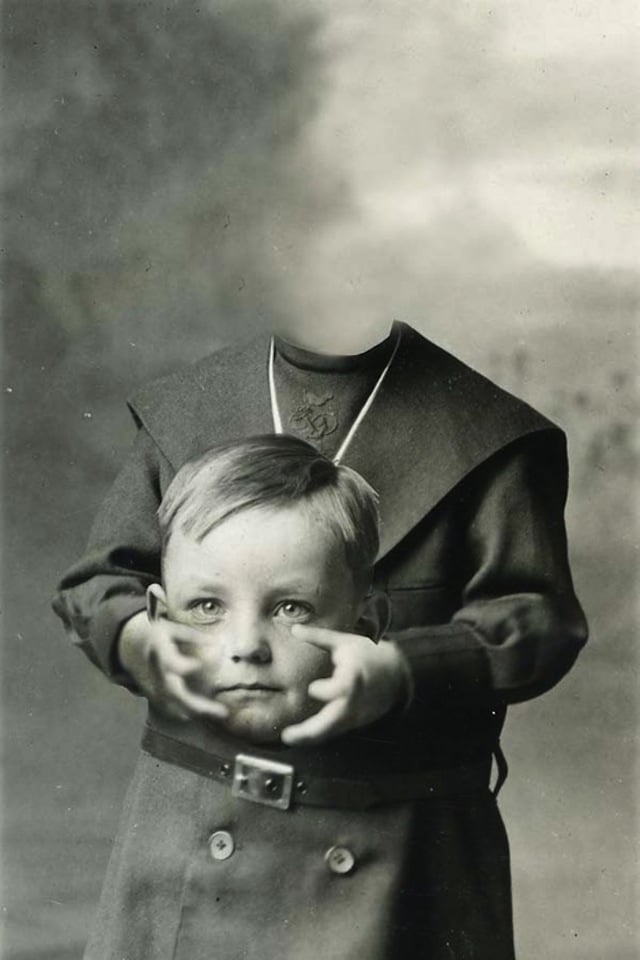
Неизвестный фотограф, 1890 годы [Public domain] via Wikimedia Commons
The Victorian Era was pretty weird.......
21. Selfies Were Technically Invented in 1839
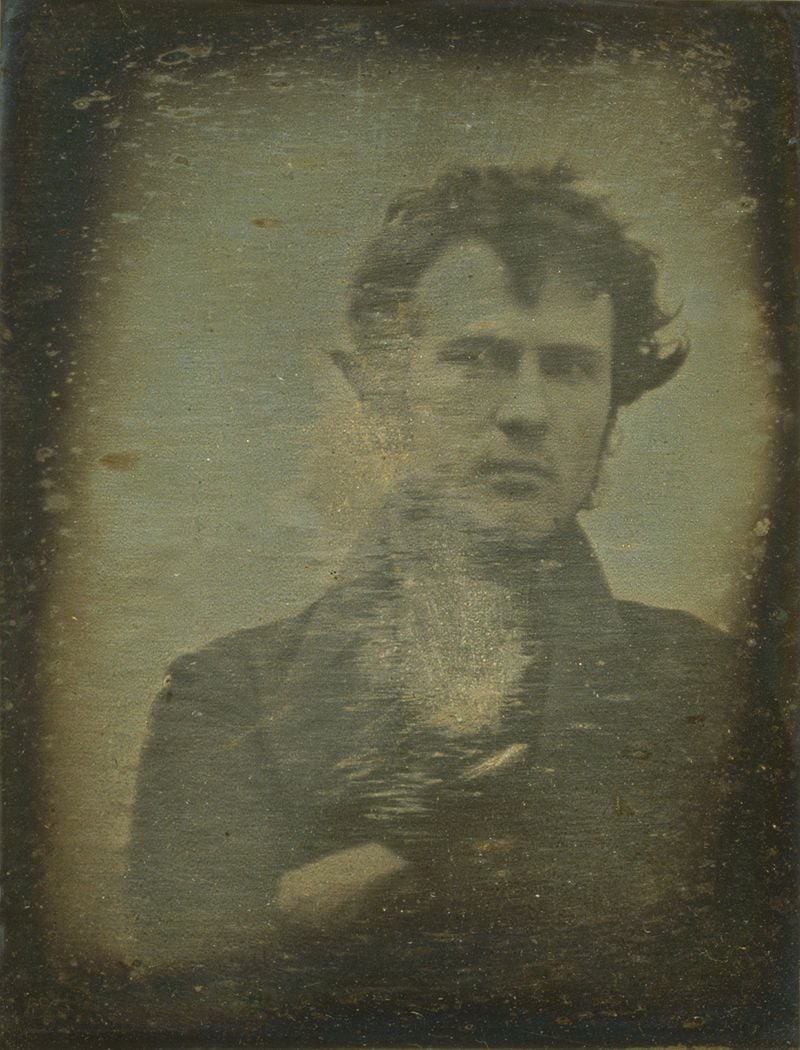
Robert Cornelius [Public domain] via Wikimedia Commons
I’m as big of a literary facts junkie as I am a photography facts junkie. And while the first selfie was taken in 1839 by Robert Cornelius, the term “selfie” wasn’t created until 2002 by a drunk Australian.
22. The Largest Camera Collection Consists of over 4,500 Cameras.
23. One Original Daguerreotype Camera Was Sold for $800,000 at Auction
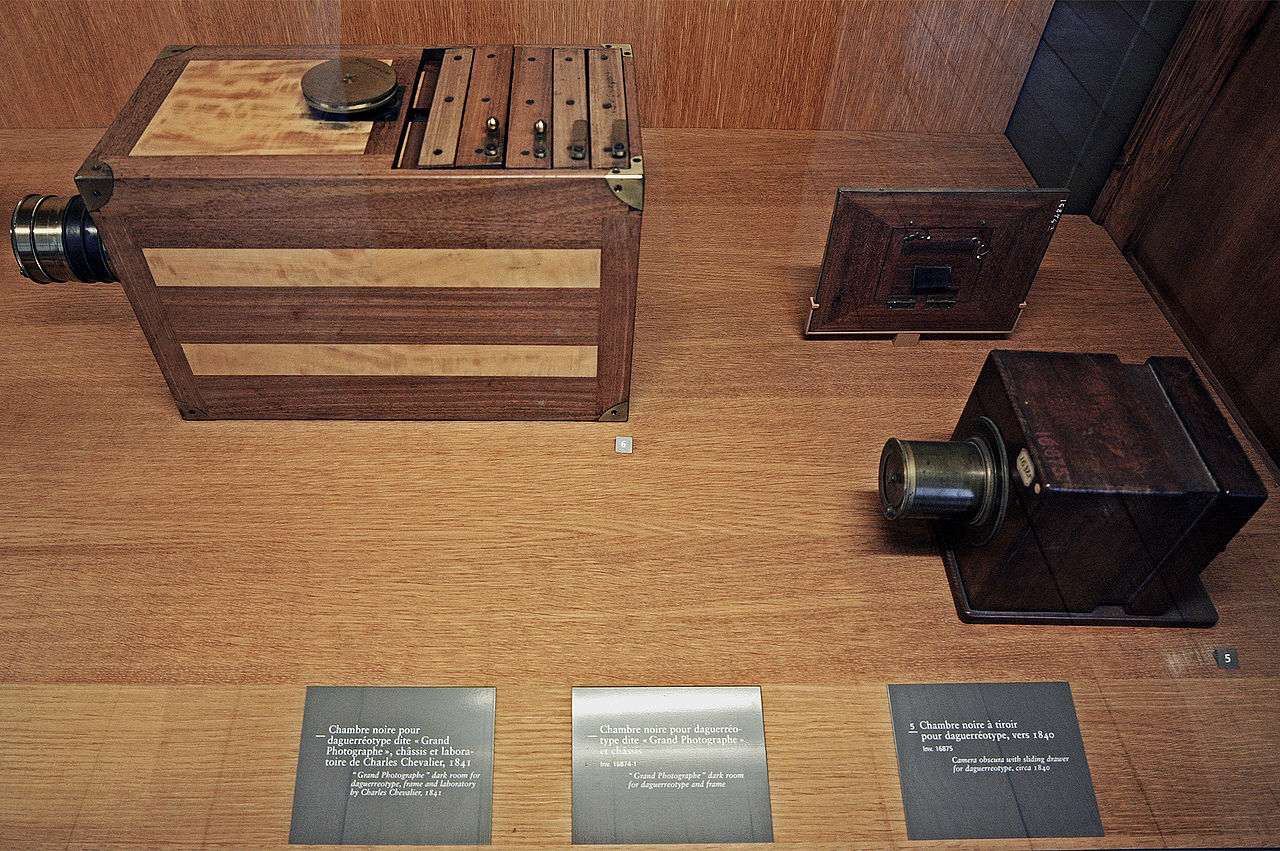
Edal Anton Lefterov [CC BY-SA 3.0 (https://creativecommons.org/licenses/by-sa/3.0)] via Wikimedia Commons
For those of you who need to catch up on your photography facts, a daguerreotype is a photo taken with an iodine-sensitized silvered plate and mercury vapor. It’s the first way we had to capture images.
One daguerreotype camera, made by the Susse Brothers in 1839 in France, sold for almost $800,000 in a 2007 auction.
Learn More:
24. “World Photography Day” is Every 19th of August.
25. Nobody Ever Smiled in Old Photos Because They Were Using Back Braces

Mathew Brady [Public domain] via Wikimedia Commons
Forget the well-known photography facts about 1800s portraits you thought you knew. While it’s true that nobody ever smiled in old photos because the exposures were so long, they also weren’t smiling because they were using back braces to stay perfectly still.
I’d be pretty grumpy in that scenario too!
26. People Have Been Obsessed With Shooting Total Solar Eclipses Since the First One Was Photographed in 1851.
27. The Inventor of Photography Also Invented the Internal Combustion Engine
Joseph Nicéphore Niépce is one of the fathers of photography, but he is also credited with working on the ancestor of the internal combustion engine, a contraption called the Pyréolophore.
28. The Longest Photo Negative is OVER 260 FEET.
29. The First Negative Was Created Almost 200 Years Ago

The original uploader was Nrbelex at English Wikipedia. [CC BY-SA 2.5 (https://creativecommons.org/licenses/by-sa/2.5)] via Wikimedia Commons
My favorite photography facts are all about the history of the industry, and even I didn’t know that the first negative is almost 200 years old.
Henry Fox Talbot, the creator of the negative, invented it in 1839 and was honored with a Rumford medal by the Royal Society for it.
30. Keep a Photo in Your Wallet If You Lose It Often
Researchers conducted a test where they deliberately lost 240 wallets which had the contact address of the owners.
Shockingly, 88% of the wallets with a baby’s photo in it were returned. A still respectable 53% of the wallets with a puppy’s photo in it were returned.
If the wallet didn’t have any photos, they only had a 15% chance of being returned.
31. People Seem More Attractive in Group Photos
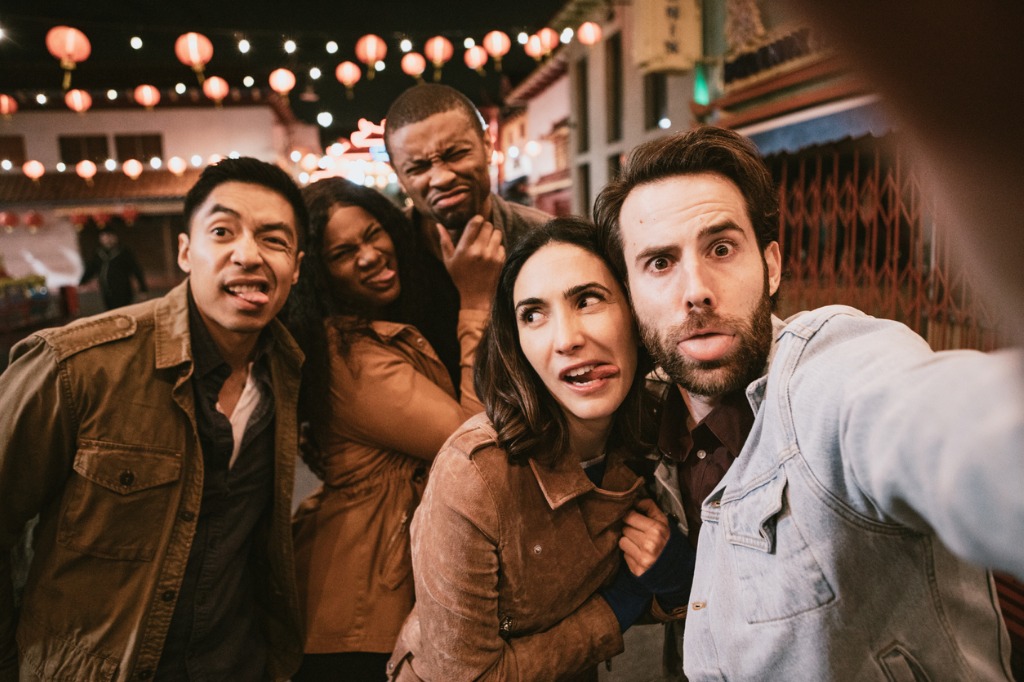
photo by RyanJLane via iStock
It’s known as the “cheerleader effect.” Pull this photography facts list out the next time someone yells at you for your dating profile.
32. The Largest Photography Competition Ever Received Over 350,000 Entries.
33. Ever Tried Developing Your Film in Coffee? You Can.
You can’t use coffee to develop your color photographs, but no photography facts list is complete without this tip: you can use coffee to develop your black and white photos.
You just need coffee, vitamin C and washing soda. Coffee and vitamin C act as the developer while the washing soda provides alkalinity to get the actual developing done.
Check out the above video by Make Magazine for full instructions.
Learn More:
- Watch this Photographer Turn a Shipping Container Into a Working Polaroid
- KFC Fried Chicken Photoshopped as Explosions is Strangely Beautiful
34. In the 1860s, There Was a “Ghost” Photographer
William H. Mumler figured out how to consistently create the appearance of ghosts in his photos and decided to scam people with it.
Abraham Lincoln’s wife even went to Mumler to take a photo with her dead husband.
35. Queen Victoria is a Photography Trendsetter
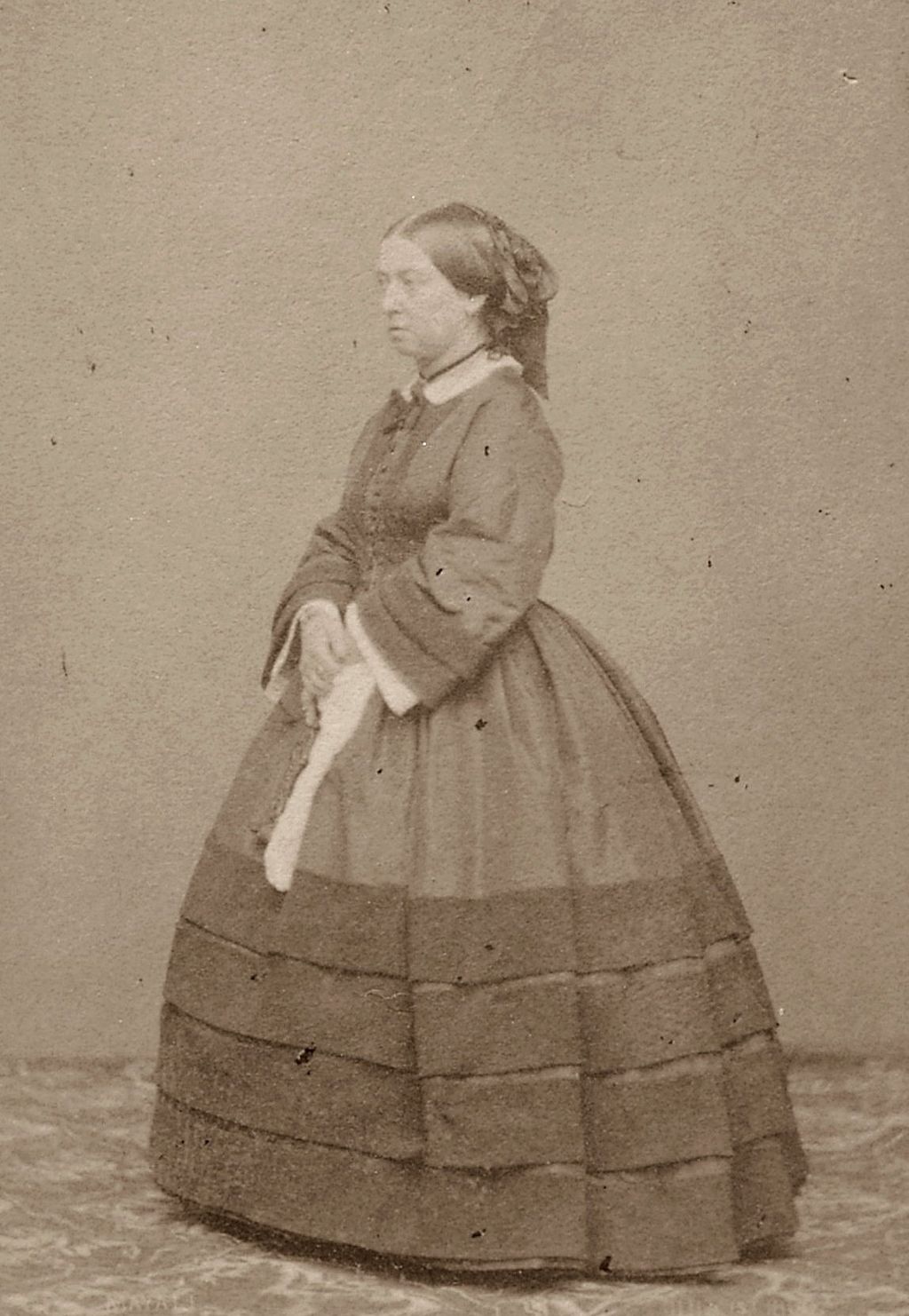
John Jabez Edwin Mayal [Public domain] via wikimeida commons
She was the first person to use the term “photo.”
36. Leo Tolstoy is Featured in the First Color Photograph Out of Russia.
37. Pigeon Photography Was Created in 1907
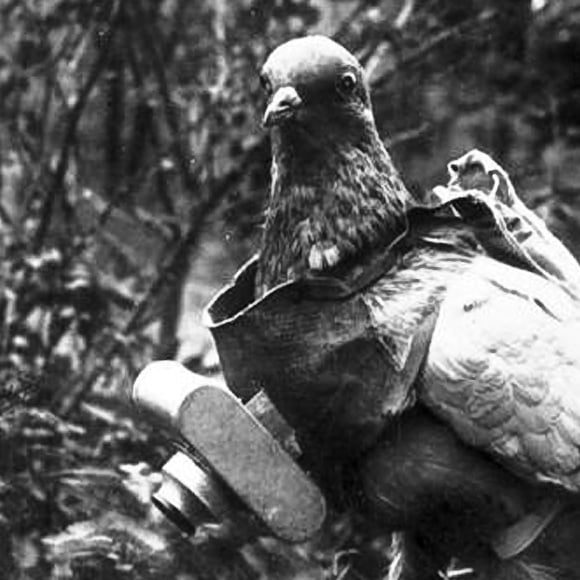
Bundesarchiv_Bild_183-R01996,_Brieftaube_mit_Fotokamera.jpg: o.Ang.derivative work: Hans Adler [CC BY-SA 3.0 de (https://creativecommons.org/licenses/by-sa/3.0/de/deed.en)] via Wikimedia Commons
Remember when the BBC attached cameras to falcons for Planet Earth in 2004? Well, that practice has been going on for nearly 100 years.
38. Nearly Every Victorian Photo Was Manually Retouched With a Pencil.
39. Photographing in Space is Really Difficult
No photography facts list is complete without multiple pieces of information you will never need to know.
Apparently, it’s pretty hard to take photos in space because of the vibrations on the space station.
40. People in the 1800s Photographed A LOT of Dead Bodies
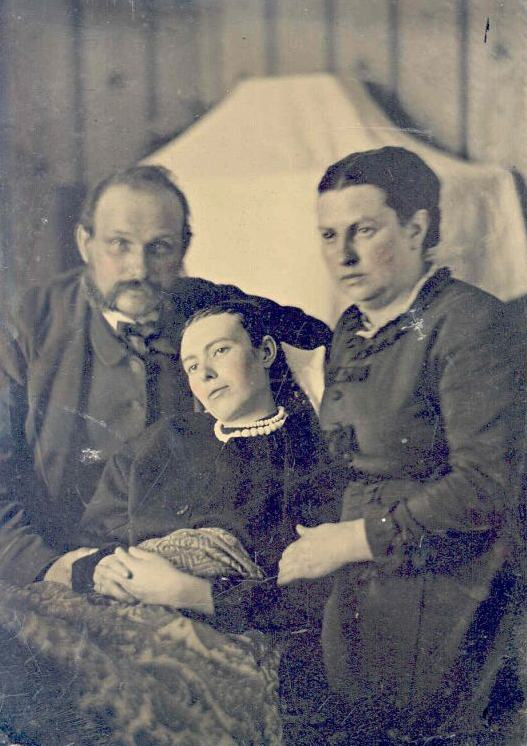
Public Domain, https://commons.wikimedia.org/w/index.php?curid=281251
There may be some interesting facts about photography you wish you hadn’t read (or seen). This may be one of them.
While post-mortem photography is almost a thing of the past, people in the 1800s would take family portiats with dead loved ones because funerals were one of the only times people were all together for a photograph. And while the photographer was there, they would also take photographs of the deceased becuse it was less a expensive to memorialize a loved one.
41. When Colored Photographs Went Mainstream, Photographers Hired Actors in Red Shirts to Walk Into Their Photos
Magazines realized that people were more attracted to colors in photos than the action in the photos in the 1950s. So, some photographers would hire actors in bright red shirts to follow them around and walk into photos right before they snapped them.
42. The Largest SLR Lens Weighs Over 560 Pounds.
43. Photography Paper Used to Be Made Out of Asphalt
Bitumen, the type of asphalt the first photography paper was made out of, is a black liquid that is light-sensitive.
Bitumen is still used to pave roads and roofs today.
44. The U.S. Government Has Been Taking Photos of Other Countries Since Way Before the Digital Age
The way they spied on the Soviet Union in particular was by launching 20 satellites, each with 60 miles of film on board. The satellites would take photos and drop the film back to Earth in buckets with parachutes.
C-130 Air Force planes would catch these buckets with grappling hooks to return them home
45. The Term “Megapixel” is Only 35 Years Old.
46. The Camera That Took the First Picture of the Moon Is Still on the Moon
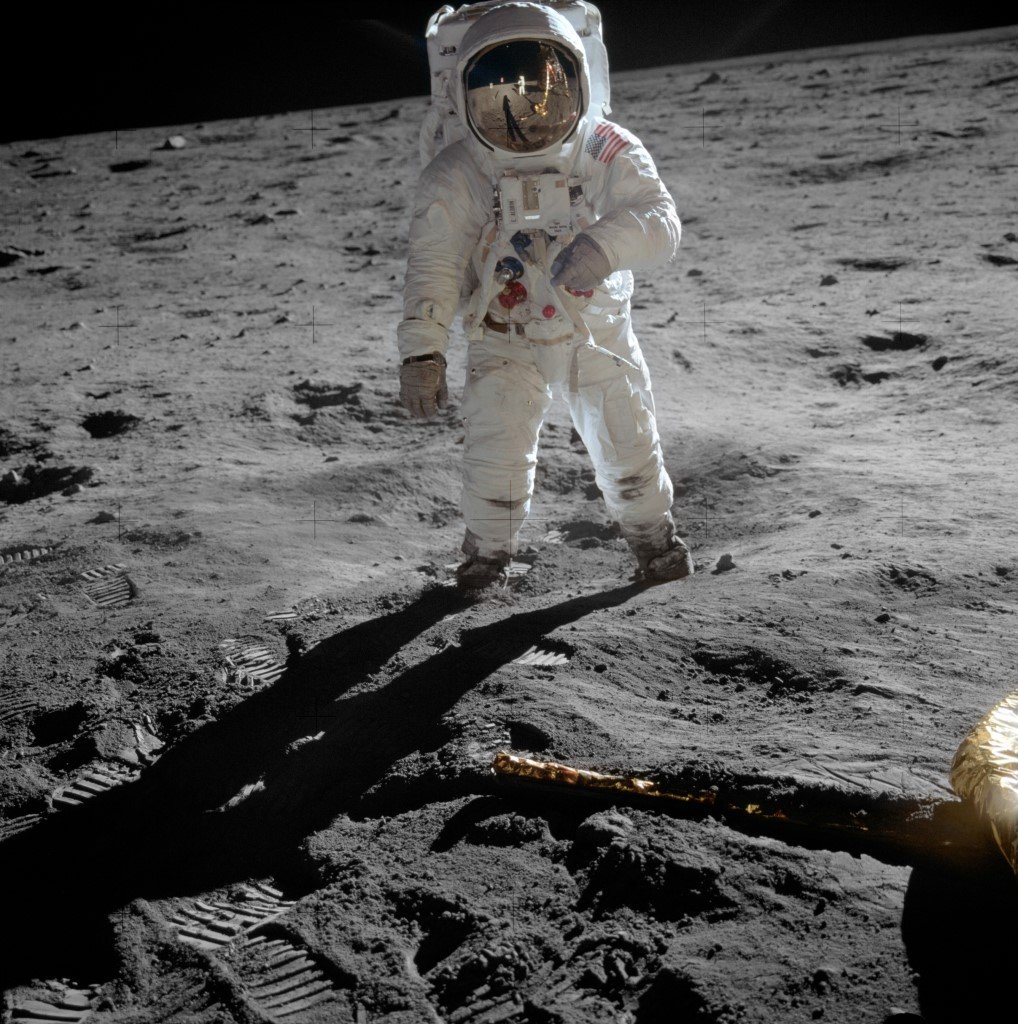
NASA [Public domain] via Wikimedia Commons
All 12 of the Hasselblad cameras that followed Neil Armstrong on the Apollo 11 mission were abandoned on the moon.
In fact, they are still there today. They needed the extra space for rock samples.
Learn More:
- "Influencer" Bride Goes on Racist Rant Because Photographers Won't Shoot Her Wedding for Exposure
- Take a Look at the Photos That Ended Child Labor in the U.S.
47. The Word “Kodak” Is Totally Made Up
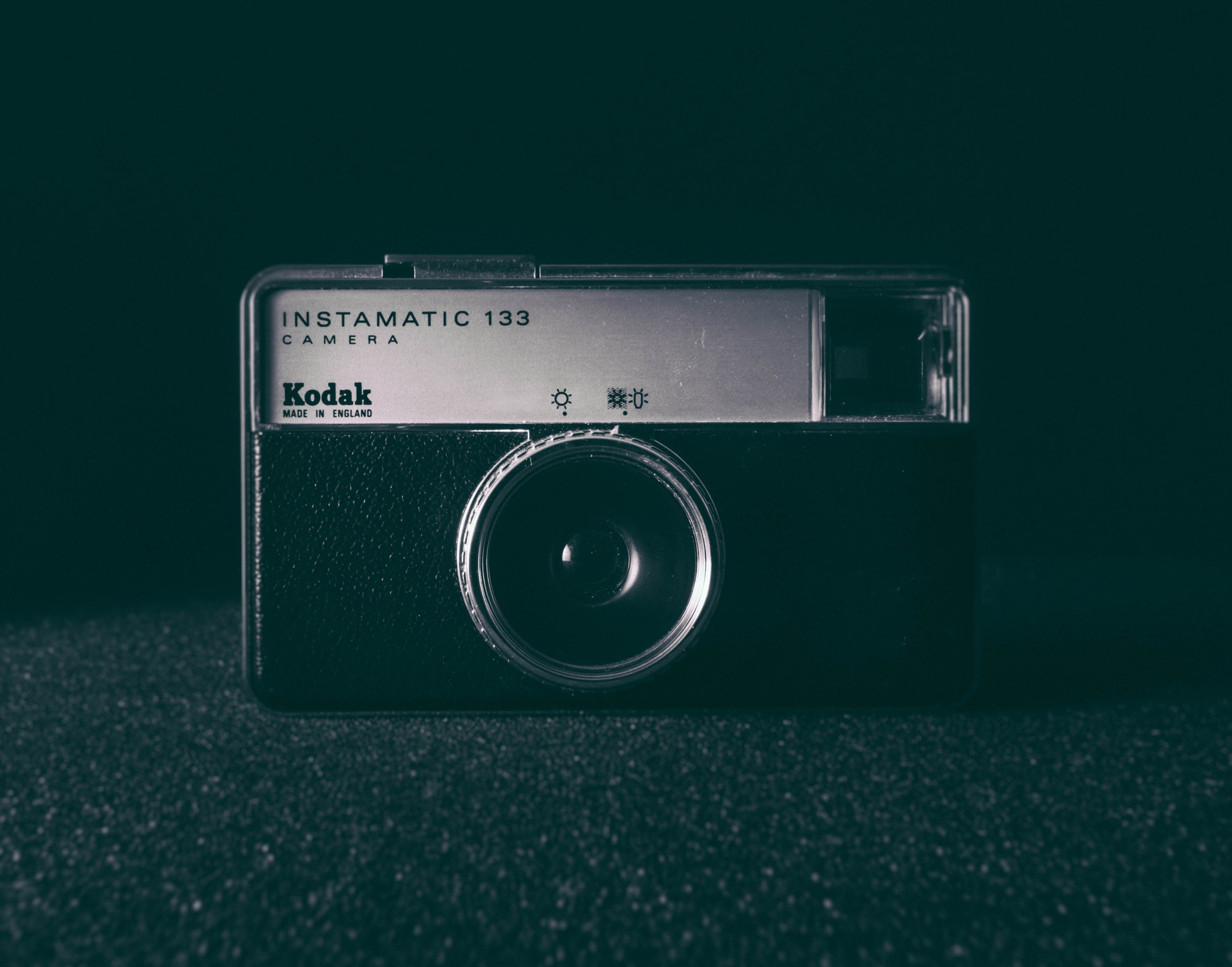
Photo by Jamie Street on Unsplash
Unlike Canon, which means a rule or law, Kodak means absolutely nothing.
George Eastman, the founder of Kodak, just liked the sound of the letter ‘K,’ so he created a whole world about it.
48. The Next Time You Send Someone a Funny Cat Picture, Remind Them How Old the Practice Is
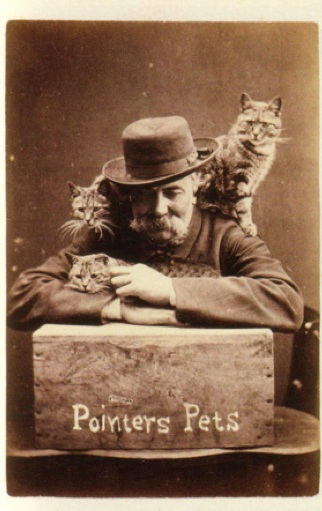
Photo via gizmodo
Long before internet cat memes, the world had funny cat photos in the 1870s. Harry Pointer, the lovely guy above, began the trend.
Funny enough, most men who send cat memes still have this same mustache.
49. The Human Eye Has an f-Stop of f/8.3
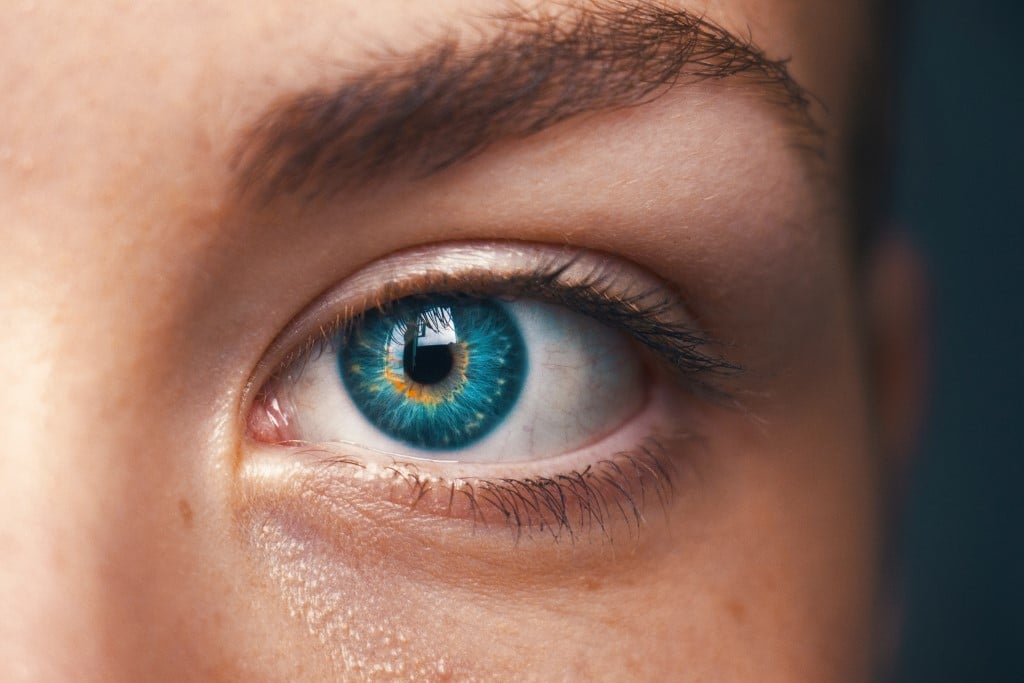
Photo by Amanda Dalbjörn on Unsplash
If you’re in the light, anyway. If it’s dark, your f-stop equivalent is around f/2.
50. The First Digital Camera Weighed 8 Pounds
It also took a whopping 23 seconds to record a photo.
51. Polaroid, Surprisingly, Created the First Auto-Focus SLR
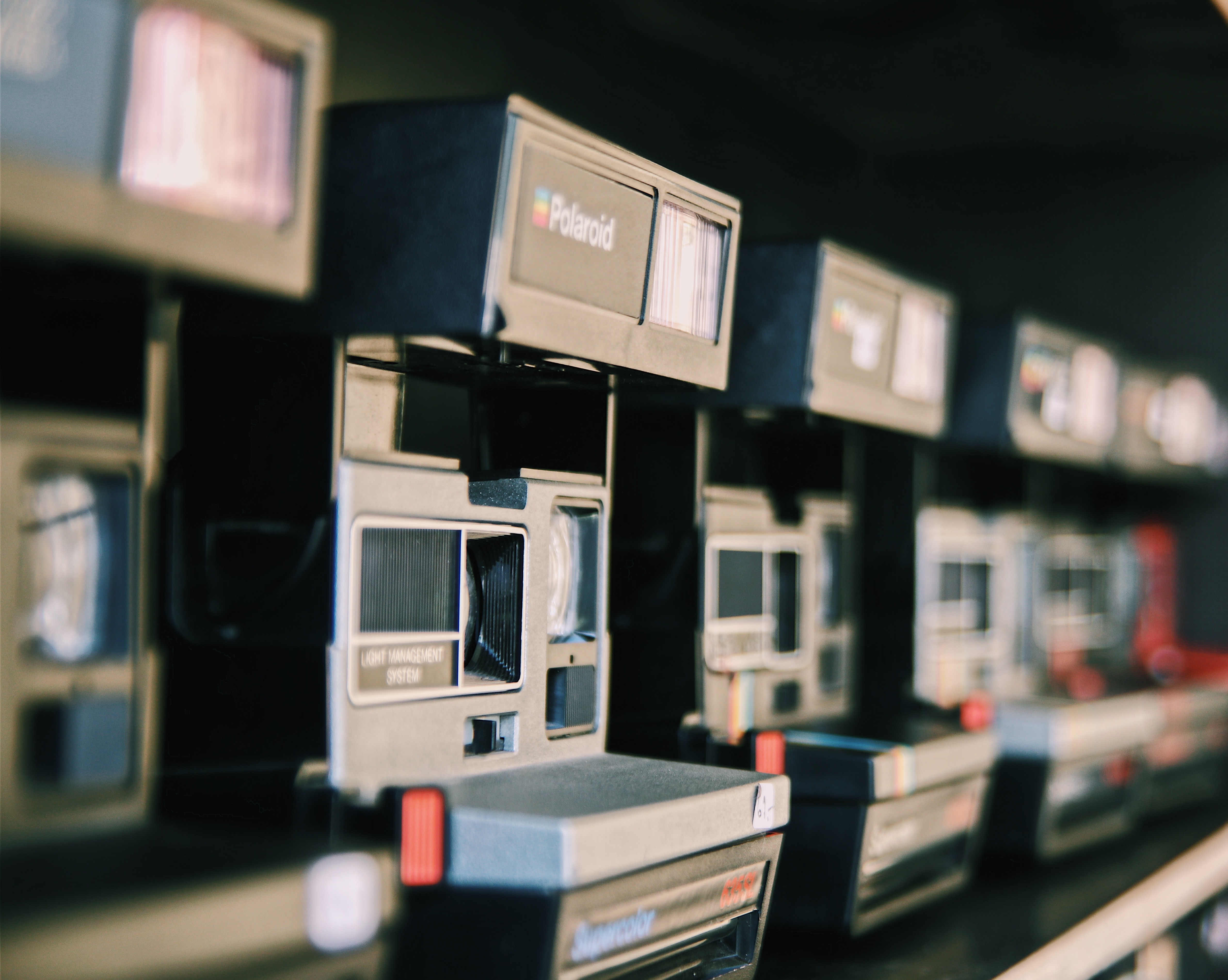
Photo by Marc Mueller on Unsplash
The best photography fact on this photography facts list is that Polaroid actually created the first auto-focus SLR, despite being known (almost exclusively) for instant cameras.
It was created in 1979, a whole 120 years after the first SLR.
52. The First Consumer Digital Camera Was Released by Apple in 1994
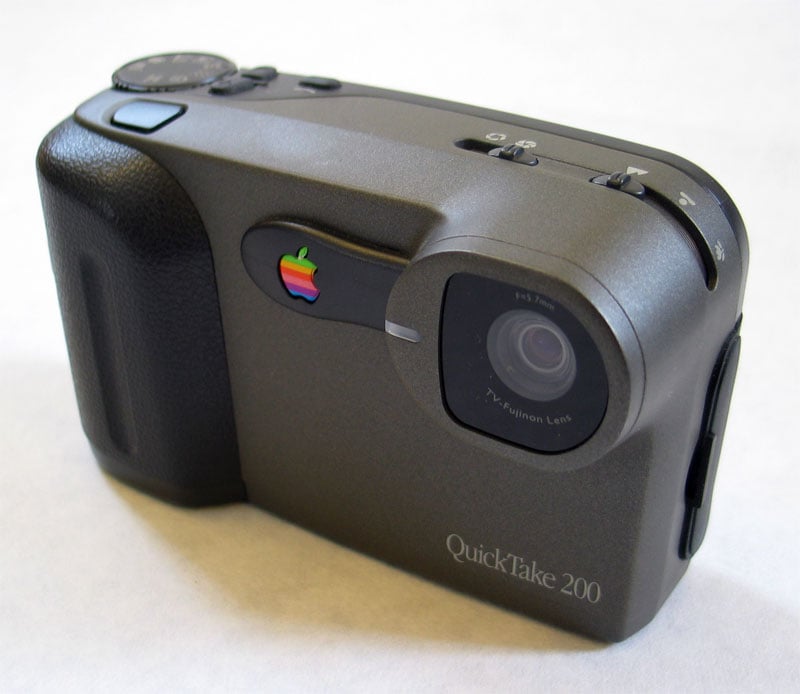
The original uploader was Redjar at English Wikipedia. [CC BY-SA 3.0 (http://creativecommons.org/licenses/by-sa/3.0/)] via Wikimedia Common
But, it was designed by Kodak.
And it also sold extremely poorly. You could only take 8 photos on it at full-resolution and you couldn’t preview any of them.
The photos were fine looking if they were about the size of a stamp, but when you enlarged them past that point they were so blurry it’s no wonder Apple quit the photography game.
We Recommend
History of Photography Timeline From Start to Present Day

Photo by Christian Mackie on Unsplash
Photography is a fantastic endeavor in which art coexists with technology. Any complete history of photography will also include a history of the camera timeline, too.
This is so because the history of photography is intractably tied up with all of the many technological advances in optics, cameras, and the recording medium used to capture images.
History of Photography - When was photography invented?
The history of photography timeline is a history of art and science together.
Many photography timelines start with the first known photograph by Nicéphore Niépce in 1827. But it actually goes much further back than that. It goes back to a time and technology before lenses, cameras, and even film.
When was the camera invented?
Camera Obscura: 500 BCE - 1600 CE
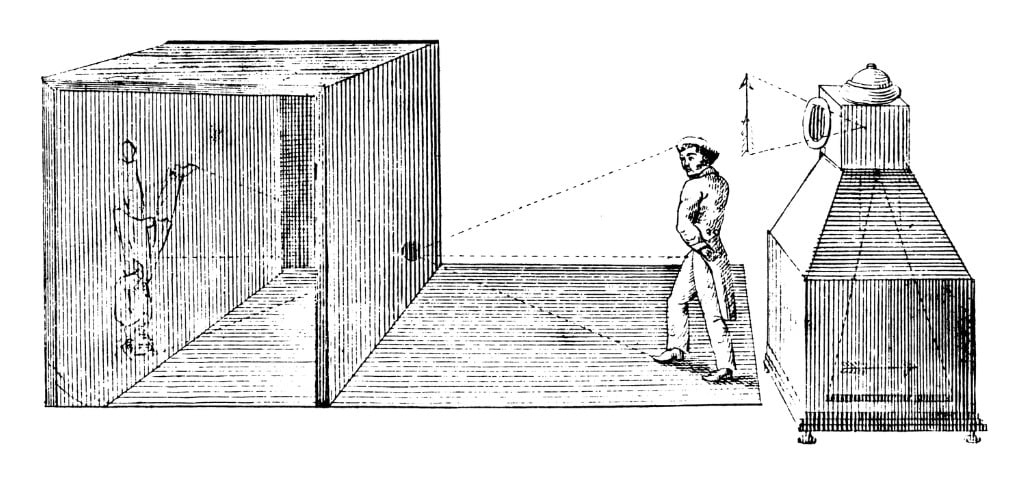
photo bynicoolay via iStock
The camera obscura was a tool used by some artists that allowed them to easily draw or paint realistic landscapes and rendering of architecture. In its simplest form, a pinhole projects a scene in a dark room or box that the artist can basically trace over.
Since the word photography is literally defined as drawing with light, we can look back at the concept of the camera obscura as a possible beginning for our timeline of photography. The earliest historical mention of the idea dates back to China in around 500 BCE.
Early Optics: 1400s - 1700s
Near the start of the 16th Century, the amazing artist, scientist, and inventor Leonardo da Vinci sketched out diagrams and wrote instructions about the camera obscura. In these papers, he included not just pinholes but also simple glass lenses.
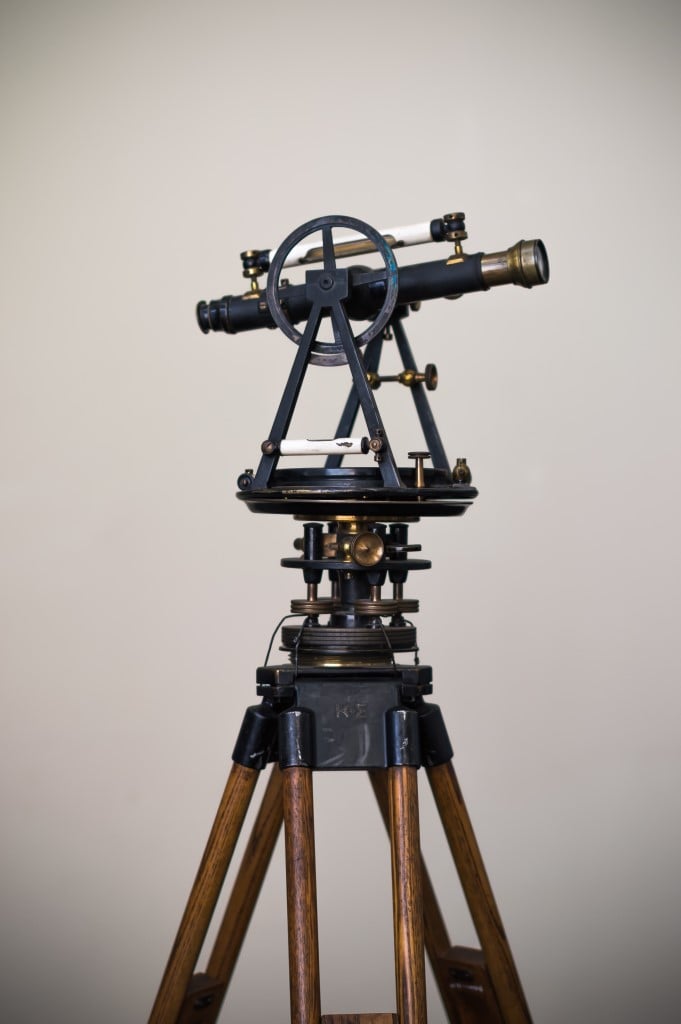
Photo by Uriel Soberanes on Unsplash
Lenses and optics were a relatively new but established science by that time period, being used by astronomers to broaden our knowledge of the universe. Interestingly for our history of photography timeline, astronomers were also a driving force behind the advent of film.
Developing a Film Timeline: 1604 - 1827
Did you like that pun? Johannes Kepler, an astronomer and generally all around smart guy, gets credited with coining the term photograph for a drawing with light in 1604. He was referring to using telescopic optics to project an image onto a sheet of paper or a canvas to draw the stars.
Astronomers and inventors sought a way to make the paper or canvas itself sensitive to light. Glass or metal plates were also used in experiments by various people.
In 1717, Johann Heinrich Schulze showed that a solution of silver nitrate darkens when exposed to light. The problem now was how to stop the solution from continuing to darken to light, in other words, how to fix the image to the medium.
Recommended Reading:
When was photography invented?
First Photograph: 1827
It was just one in a series of experiments, but View from the Window at Le Gras is the earliest surviving photograph. Nicéphore Niépce used a sheet of metal with a film of chemicals spread on it.

Nicéphore Niépce [Public domain]
Though light-sensitive, it wasn’t very sensitive. It took 8 hours to record the image. You can see sunlight illuminating both sides of the buildings. From here on, the timeline of photography moves rapidly.
Different metal plate technologies began to be used by astronomers, other scientists, and a new breed of artist/scientists, the naturists. The naturists were quite often scientists and inventors themselves, using this new technology to record the beauty of the world around them.
Daguerreotype: 1839
Around this time, the word photography began to be used to describe this new industry. From 1839 on, the popular metal plate process known as daguerreotype opened up this mix of art and technology to the masses.
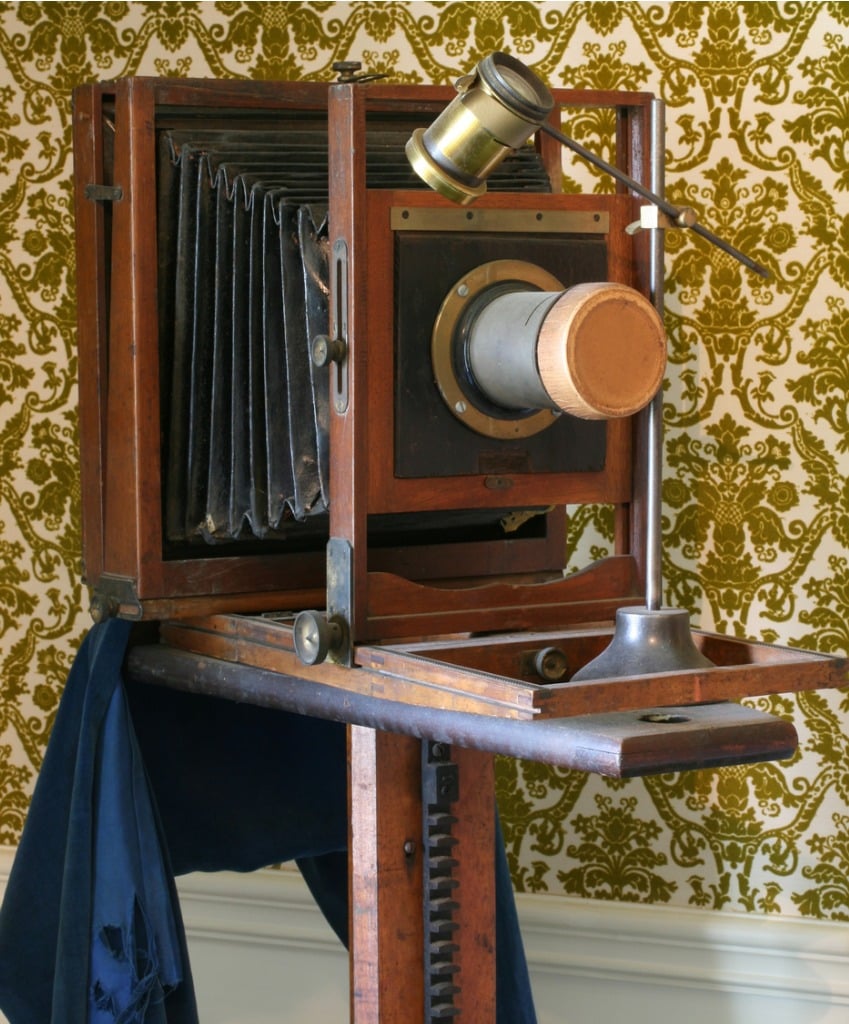
photo bymerrymoonmary via iStock
Well, the masses that could afford the time and money involved anyways. Though it may have been one of the easier metal plate photographic processes, it was still messy, expensive, very time consuming, and somewhat dangerous.
Enter the Camera: 1841
Photographers of this era generally used cameras designed and made by themselves or skilled craftsmen, adapting lenses made by optical manufacturers to use photographically.
Early in the camera timeline of the history of photography were optical companies such as Zeiss, Leitz, and others starting to design lenses specifically for photography. Voightlander went a step beyond and introduced a camera for metal plates in 1841.
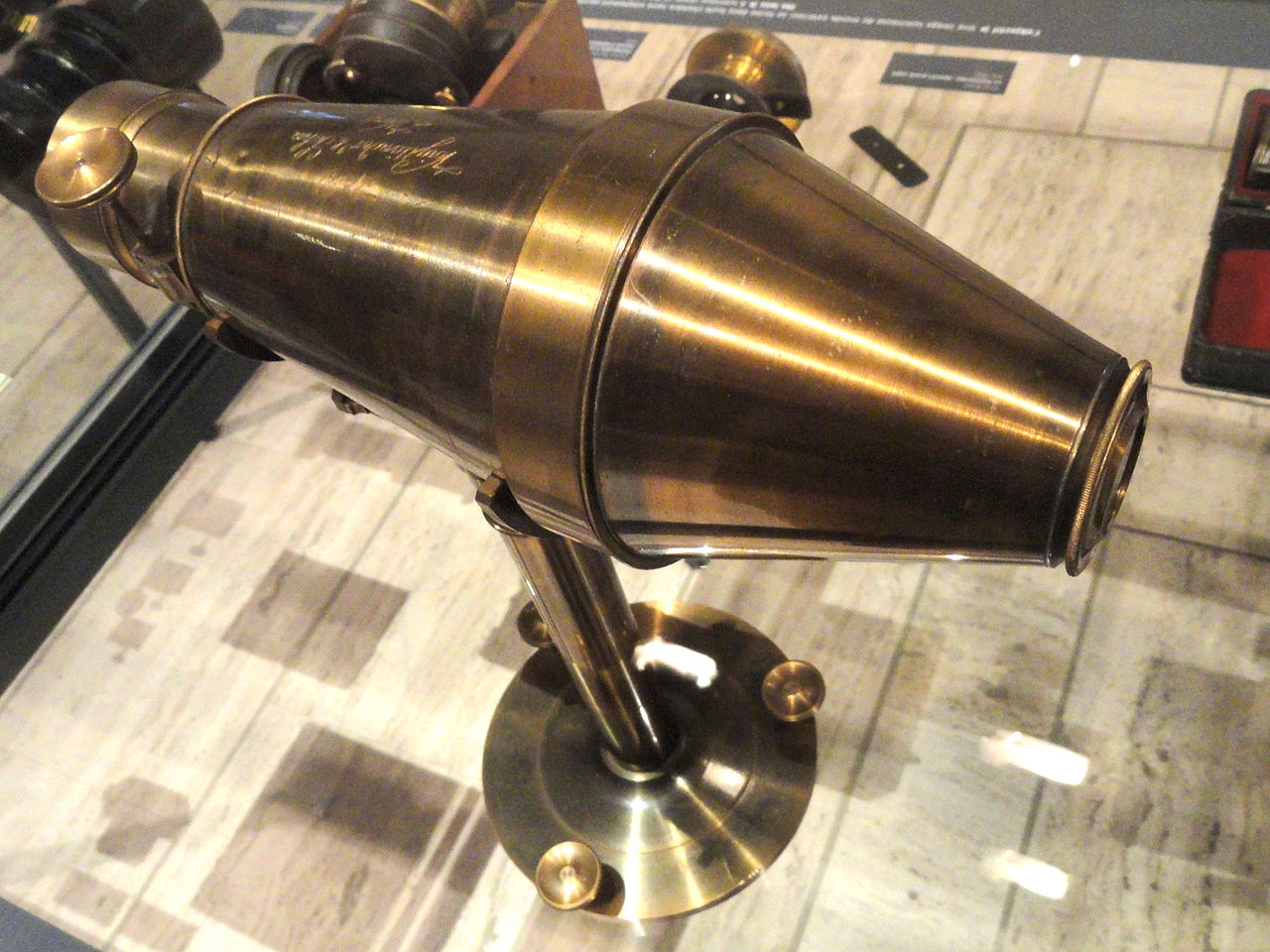
Daderot [Public domain]
Photojournalism: 1848 - 1865
In addition to its scientific uses and all the art produced, photography also made its way into the news. The June Days 1848 workers revolt in France, the Crimean War of 1853 - 1856, and the US Civil War of 1861 - 1865 thrust photographic images of war into the public view.
Written journalistic descriptions and hand-drawn or painted illustrations were replaced by photographic images. These images were displayed in public shows and published in newspapers and magazines.
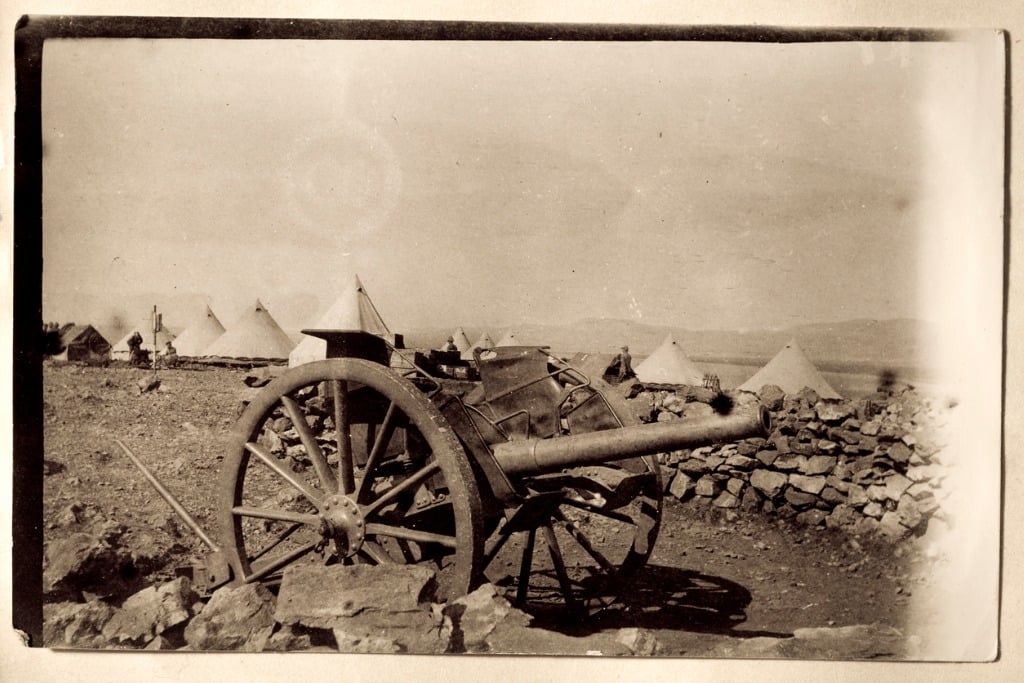
photo byduncan1890 via iStock
In the photography timeline, this helped photography gain a strong place in modern society. Could you even imagine the news now without any photos?
Recommended Reading:
Celluloid Roll Film: 1835 - 1887
Metal and glass plates were fragile, cumbersome and hard to work with, and somewhat costly for the average person. A more accessible method continued to be looked for by photographers.
A combination of two technologies, silver halides and celluloid based emulsions continued getting improved upon.
In 1835, Henry Fox Talbot invented a viable method of spreading a gelatine emulsion on paper. In 1839, astronomer John Herschel came up with a way to fix the image recorded by silver halides.
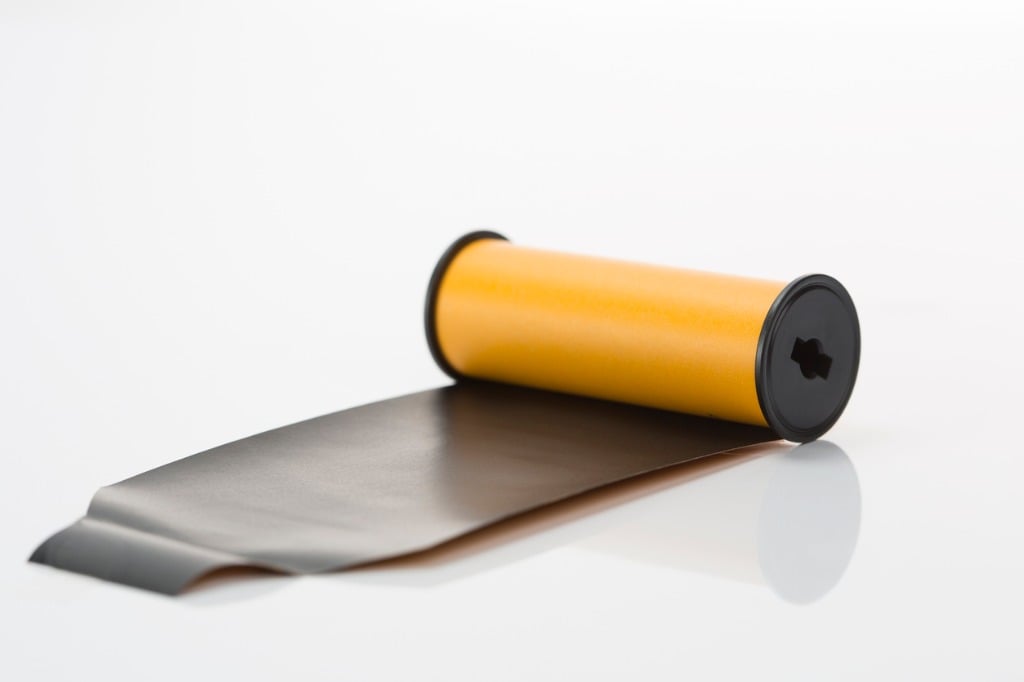
photo byjuankphoto via iStock
In 1887, these two technologies were first manufactured together as a photographic film. This film could be produced in individual sheets or as a roll.
KODAK: 1888
George Eastman of Rochester, New York had an idea. Use this new roll film, build a simple, easy-to-use camera, and market it as a fun use product. In the history of photography, Eastman was a master of marketing photography to the masses. “You push the button, we do the rest.”
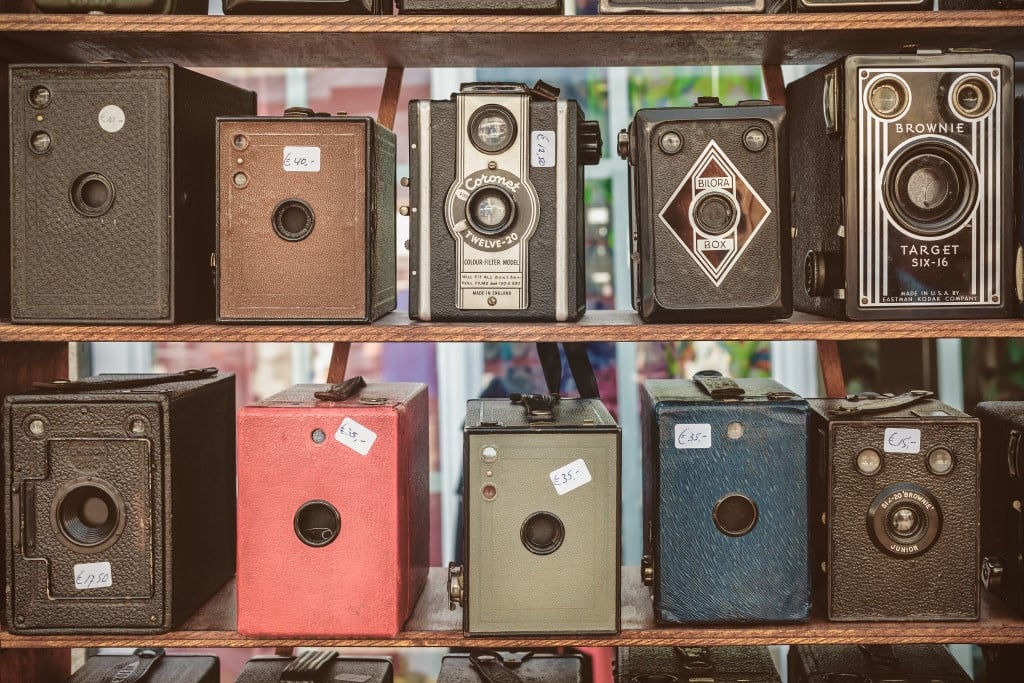
photo byDutchScenery via iStock
Eastman Kodak became a driving force in the worldwide boom of photography. They introduced many different formats of films, both in rolls and sheets, as well as cameras for beginner, enthusiast, and professional photographers.
Moving Pictures: 1878 - 1900
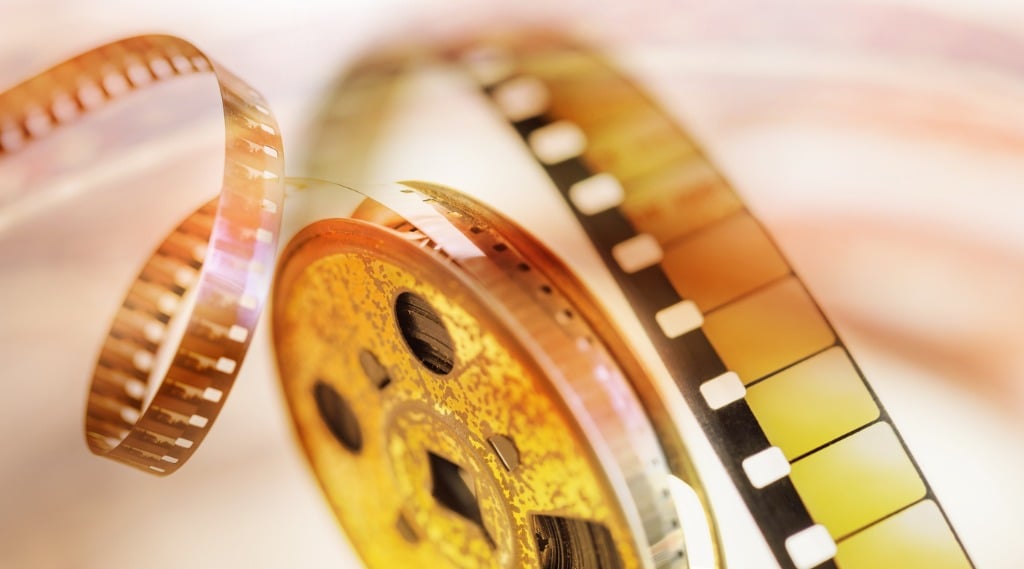
photo byGrafissimo via iStock
Motion pictures, moving pictures, or movies are an entrenched part of the timeline of photography.
The question of how best to capture subjects in motion was first successfully answered by Eadweard Muybridge in response to settling a bet about horses hooves and galloping. The things that move technology!
In short time, cameras and accompanying projects were invented to film continuous motion and display them by means of projecting onto a large screen. Later innovations such as sound recording get added in as well in due course.
35mm Film and the Leica: 1913
One of the more common formats of roll film was 135 format, also called 35mm. This format was used primarily for motion pictures, but it also started getting spooled into small cartridges for miniature still cameras, as they were called then.
The movie cameras transported 35mm film through the cameras vertically, with an image frame of 18x24mm. In 1913, Oskar Barnack, an engineer at Leitz, designed a prototype still camera that transported the film horizontally, producing a 24x36mm image frame.
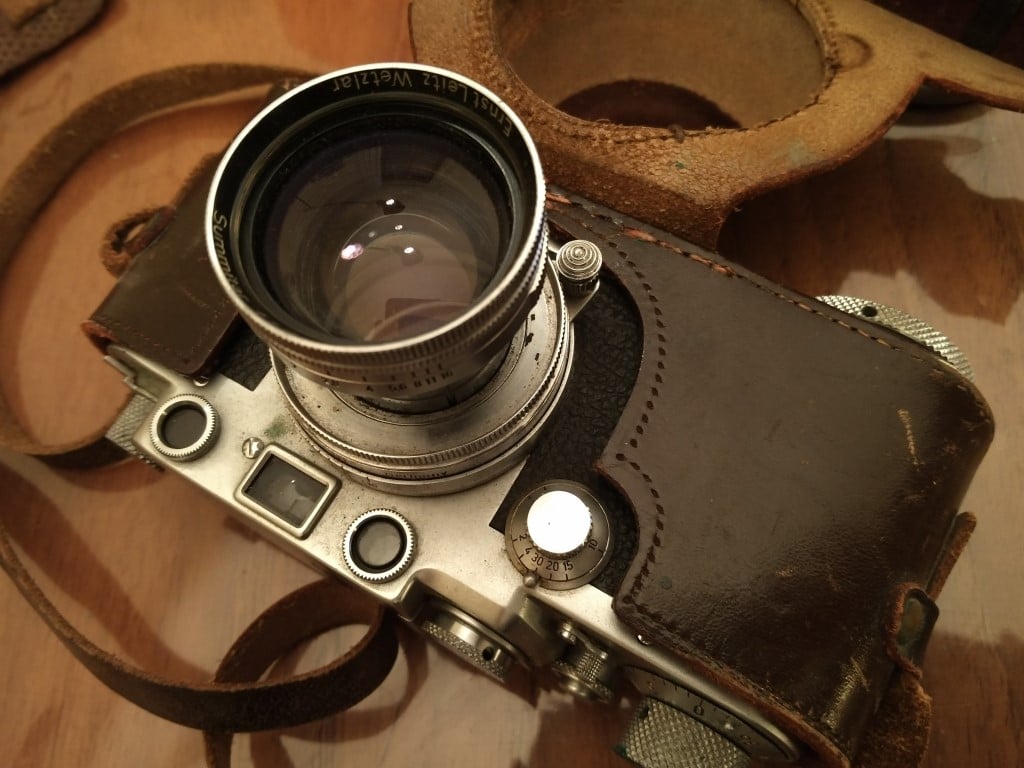
Photo by jacopo marello on Unsplash
By 1925, the Leica I was introduced and became a commercial success. In time, the 24x36mm format became one of the most produced and used image formats in all of photography. This still holds true in digital cameras today.
35mm SLRs: 1957 & 1959
While many film and camera formats exist, 35mm became one of the most popular formats in our history of photography.
In 1957, the first eye-level viewing single-lens reflex camera with an instant return mirror was introduced by Asahi Optical of Japan, called the Pentax.
The year 1959 saw the release of the Nikon F, a professional-caliber 35mm SLR with an entire system of lenses, motor drives, and other accessories surrounding it.
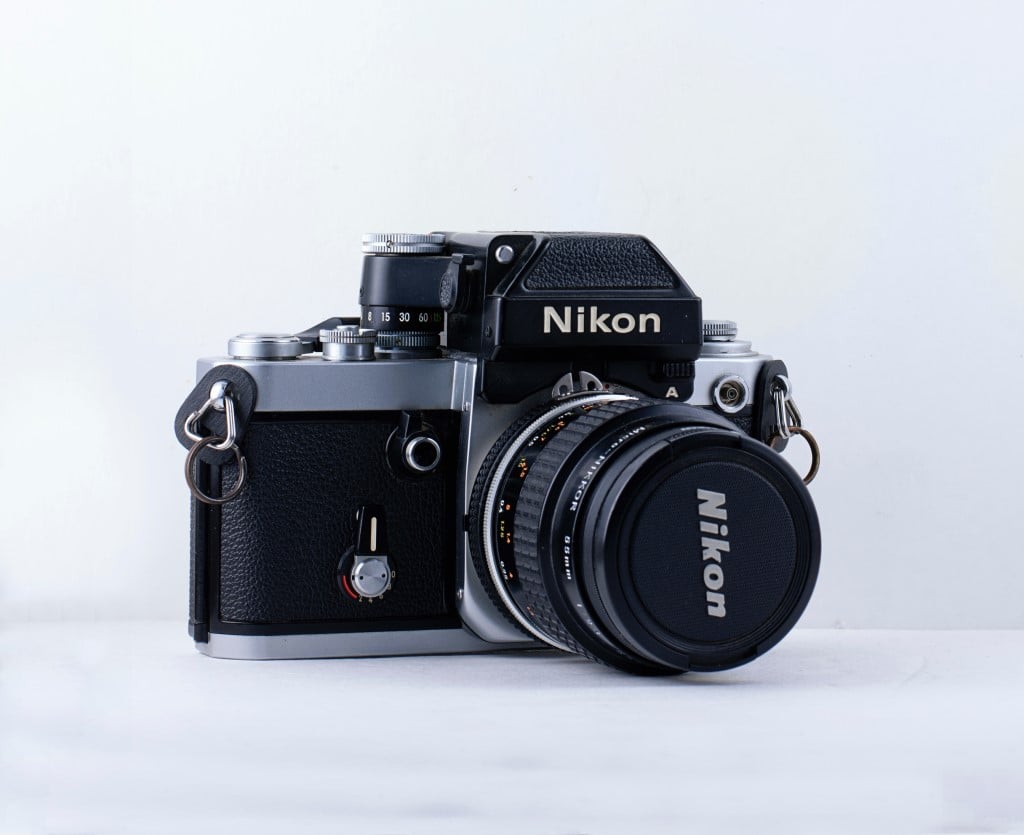
Photo by Jonathan Talbert on Unsplash
35mm SLRs became one of the primary types of cameras for photographic images. Their form factor and image format are still one of the more dominant forces in modern digital photography.
Digital Reigns Supreme: 1975 - Present
The history of photography timeline continues progressing through to the present day with digital imaging taking front stage for most photographers. Digital is a fantastic medium for photography because of all of the varied formats, storage and display options, and ease of transferring images.
The first known digitally recorded images were created in a Kodak lab in 1975 and it took 23 seconds to capture the 0.01 MP image. The camera was very basic but the recording apparatus weighed in at 8 pounds.
Among the first digital cameras of the 1980s and 1990s were several point shoot style cameras from computer makers and the bigger camera manufacturers. From about 1989 through to the early 2000s, Fuji and Kodak collaborated with Canon and Nikon to make digital cameras that fit into what professionals needed.
Nikon then introduced the D1 in 1999. This marked the first time that a major camera manufacturer on its own designed and built a camera specifically as a digital system camera.
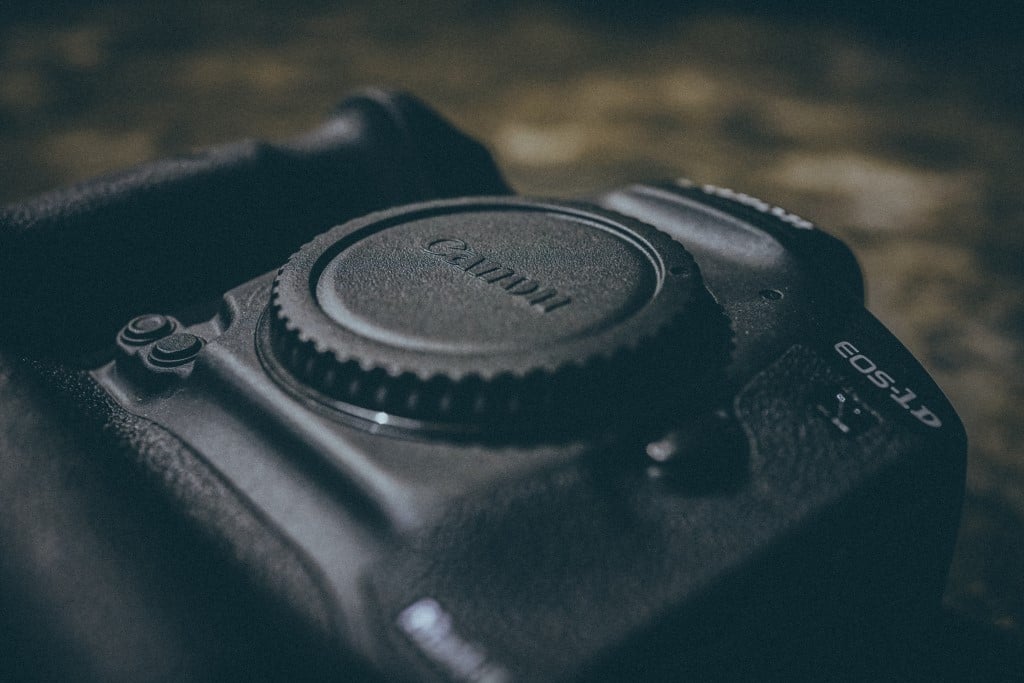
Photo by Chris Yang on Unsplash
By 2004, the sensor in the Canon EOS 1D Mark II had surpassed the resolving power of the former industry standard Kodachrome slide film. Digital was here to stay. DSLRs were pretty much taking over from 35mm SLRs.
History of Photography Timeline Continues: Present Day
Even though a lot of attention is given to 35mm format cameras, film or digital, many other formats exist. We can also look at the introduction of video recording for motion pictures.
One of the most interesting aspects of the timeline of photography is the modern smartphone. Just think, in our pocket we can carry a camera that records still images and video. We can then transfer these photos and movies virtually instantaneously to almost anywhere in the world.
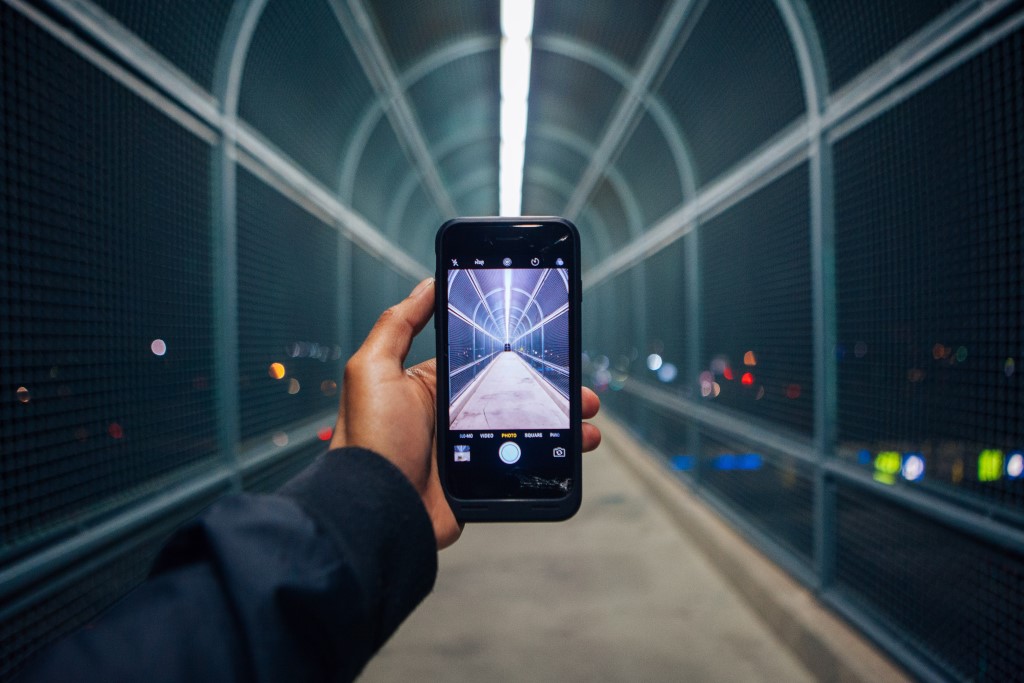
Photo by Omar Prestwich on Unsplash
Compared to the camera obscura or stinky metal plates, we have definitely come a long way.
Really, the subject of a timeline for the history of photography could fill up a rather large book.
Hopefully, this brief synopsis puts you in a mindset to continue to advance yourself as an artist/scientist/craftsperson, also known as a photographer!
We Recommend
When Was Color Photography Invented?
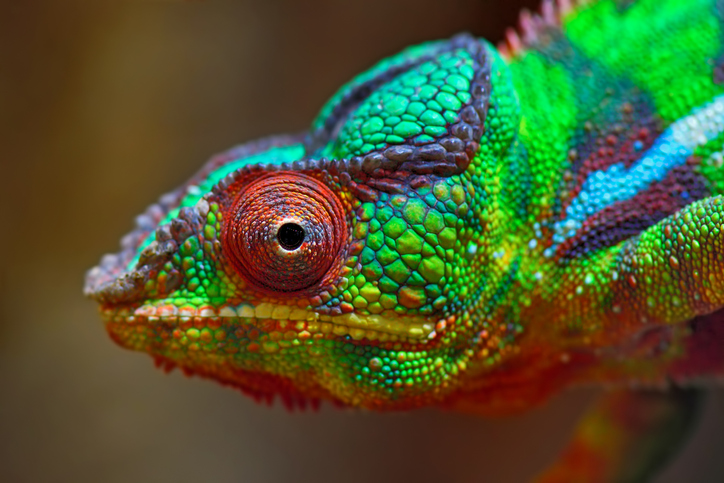
photo byFreder via iStock
The history of photography is a fascinating subject, more detailed than one might expect.
A question to think about with regards to a timeline of photography is when was color photography invented?
Overview of the Timeline of Photography
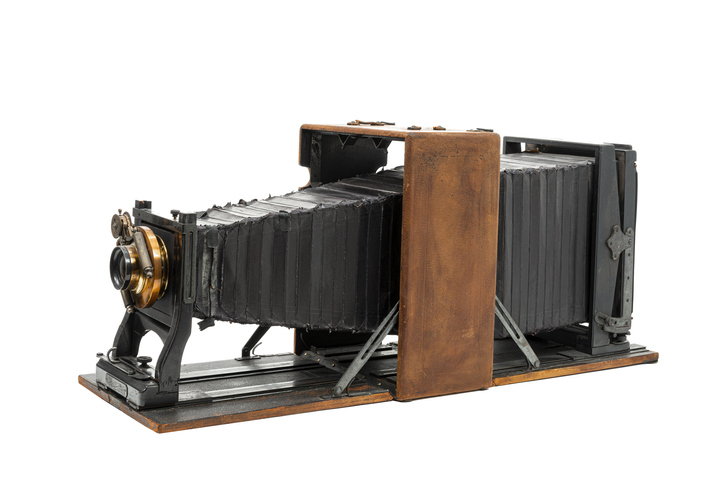
photo byWendellandCarolyn via iStock
Asking when was color photography invented opens up a large door of interesting subjects. The first color photo methods actually predate the use of color film.
Answering when was color photography invented involves seeing photography as a blend of multiple disciplines. It involves Arts, Science, Mathematics, Chemistry, Optics, Physics, and a healthy dose of Craftsmanship.
500 B.C.E. to 1604 C.E. - Drawing with Light
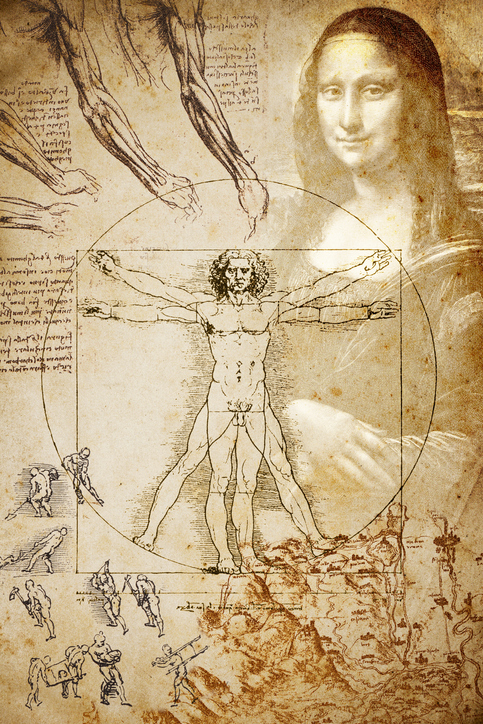
photo byilbusca via iStock
The history of photography starts long before the first photograph was taken. In the 5th Century B.C.E., that’s right, before the common era (the scholarly way to say it as opposed to BC or before Christ), Chinese philosopher and scientist Mozi described what would eventually be labeled ‘camera obscura’ in a manuscript dated 1604 C.E. (C.E. or common era is the new AD, for the record).
Mozi described what and a little bit of why you could see an image of a bright exterior scene on a dark interior wall when the light from that scene passed through a tiny hole (pinhole) in the wall separating the two.
Aristotle talked about it, Leonardo da Vinci sketched out several plans for one, and the idea can be found talked about and illustrated in many illuminated manuscripts throughout the Middle Ages.
A standard method to use one was to trace on paper what was projected through the pinhole. As the science of optics grew, pinholes were replaced by simple lenses. People were drawing by hand what the light was showing them.
When Galileo had the brainstorm to put two lenses inside a tube and point it at the heavens, modern observational Astronomy was released into the world of deep thinkers. The camera obscura technique could easily be applied to work in astronomy, and in 1604 C.E. our friend Johannes Kepler actually put in print the term ‘photo graph’ or drawing with light to describe what they were all doing.
(Keep reading, we’re still getting background info to help answer when was color photography invented.)
Learn More:
A True Photograph - 1827
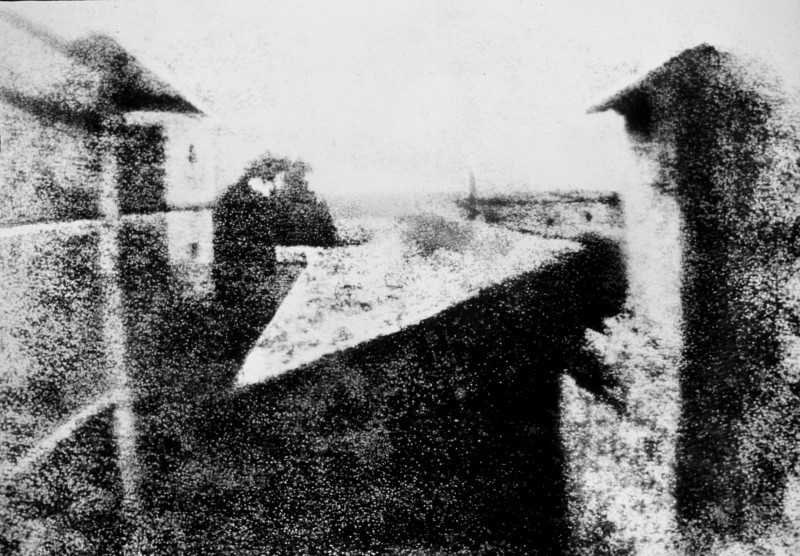
Nicéphore Niépce, Public domain, via Wikimedia Commons
A way was sought to have the light itself actually somehow make the impression instead of tracing it out. Light-sensitive materials were experimented with for several decades and lots of good ideas came up virtually simultaneously.
The earliest known surviving actual photograph was made by French inventor and experimenter Joseph Nicéphore Niépce in 1827. The photograph is named View from the Window at Le Gras and the exposure time is estimated to be between 8 hours and several days.
The inventions and popular acceptance of the photographic processes developed by louis Daguerre and Henry Fox Talbot, daguerreotype on metal and calotype on paper, made photography repeatable and relatively affordable. Glass plates, wet and dry, were also used for photography sometime after this.
Early Color Pictures
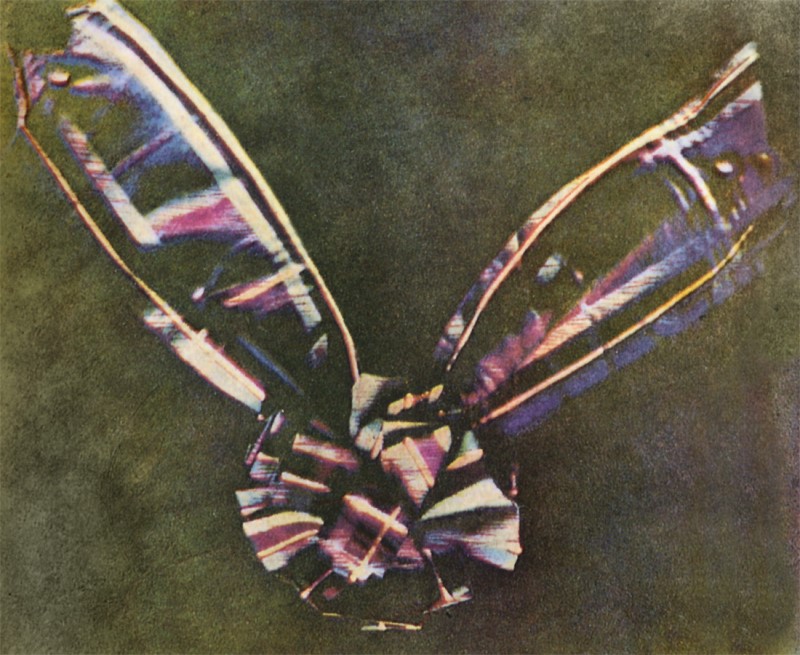
James Clerk Maxwell (original photographic slides) ; scan by User:Janke., Public domain, via Wikimedia Commons
Remember, all of this was before film on celluloid stock, such as the 1888 Kodak “You press the button, we do the rest” released in 1888, one year after roll film manufacture was finally perfected.
So, now we get to talk about when was color photography invented, and when were color photos invented. Yeah, those are actually two different questions and answers.
Those early glass and metal plates and paper processes were all monochromatic. Notice I didn’t use the phrase black and white. Because many of those processes produced images that carried the color of the substrate, what they were based on.
Even a glass plate image often had a color cast from the chemical pastes applied to them. A sepia tone or a tinny tinge was most common. How were we going to make color images?
Two Methods for Color Imaging
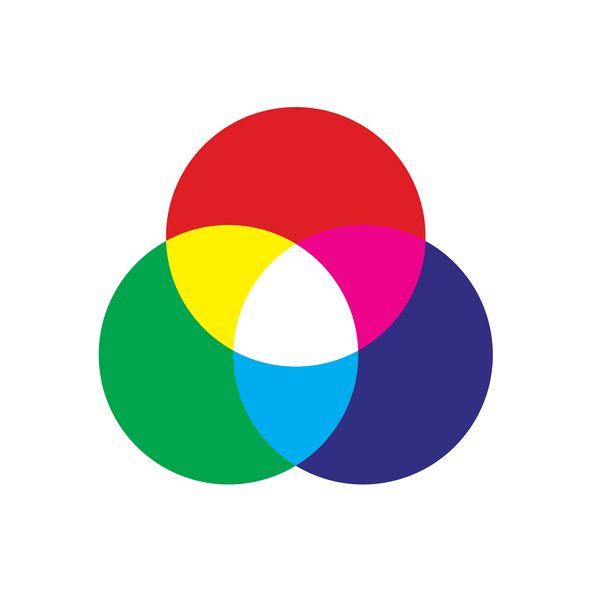
photo bypetrroudny via iStock
In the latter half of the 19th Century, two competing yet complementary ideas were expanded to enable true color photography and not simply dyed or hand painted monochrome pictures. Additive color and subtractive color.
Both theories and both methods worked because of the duality of light as particles or photons, and waves or color frequencies and wavelengths. Told you physics was a part of this.
The first true color photography process was invented in 1855 by James Clerk Maxwell, but not actually used to make an image until 1861 by Thomas Sutton. That’s the difference in the answers for when was color photography invented vs when were color photos invented.
I guess it was a lot more difficult than they originally thought. Several technologies were invented in the late 1800s and early 1900s, such as the Sanger Shepherd process, Autochrome, Kromskop (Chomescope), and other processes pioneered by Hermann Wilhelm Vogel and Louis Ducos du Hauron.
Color Roll Film - Kodachrome
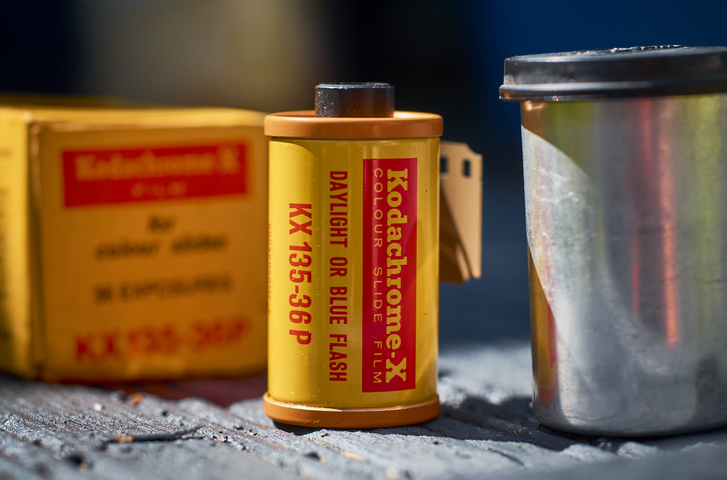
photo bylenscap67 via iStock
Color film was restricted to sheet film for a while due to the initial difficulties in manufacturing it. For the first roll films, photographers were dealing with tri-pacs and bi-pacs as negatives for being printed as low-resolution color photos.
One of the earliest, if not the absolute first, integral color film for positives (chromes or slides) was introduced in rolls in 1935 for small format movie film by our friendly photographic monolith, Kodak.
One short year later, 35mm Kodachrome roll film for still photography was introduced and it stayed the industry-standard until Momma took my Kodachrome away with the dominance of advanced digital photography.
That’s the convoluted and I hope interesting story behind the answer to the seemingly simple question: “When was color photography invented?” If you liked that, let us know, we have all sorts of fun history lessons about photography of all types.
Learn More:

